Choosing between Turin and Florence for your Italian adventure? You’re in for a treat either way, but these two cities offer very different experiences. Turin, the elegant northern city, exudes a refined charm with its grand boulevards and historic cafes.
Florence, the jewel of Tuscany, bursts with Renaissance art and architecture at every turn. Both cities have unique appeal, but Florence tends to draw more tourists with its world-famous museums and iconic landmarks.
Turin surprises visitors with its rich history as Italy’s first capital and its modern flair as an innovation hub. The city’s wide avenues, lined with stylish and cozy chocolate shops, make for delightful strolls.
On the other hand, Florence is enchanted with its narrow medieval streets and stunning Duomo dominating the skyline. Art lovers flock to see Michelangelo’s David and Botticelli’s masterpieces in the Uffizi Gallery.
Both cities offer plenty to savor for food and wine enthusiasts. Turin boasts hearty Piedmontese cuisine and is the birthplace of the Slow Food movement.
Florence tempts with its famous Florentine steak and Chianti wines. Whether you’re drawn to Turin’s understated elegance or Florence’s artistic treasures, you’re sure to fall in love with these Italian gems.
Key Takeaways
- Florence attracts more tourists with iconic art and architecture, while Turin offers a quieter, more authentic Italian experience.
- Turin excels in innovative cuisine and chocolate, and Florence excels in traditional Tuscan flavors and wines.
- Both cities boast rich histories, but Turin’s royal past contrasts with Florence’s Renaissance Legacy.
Historical Overview
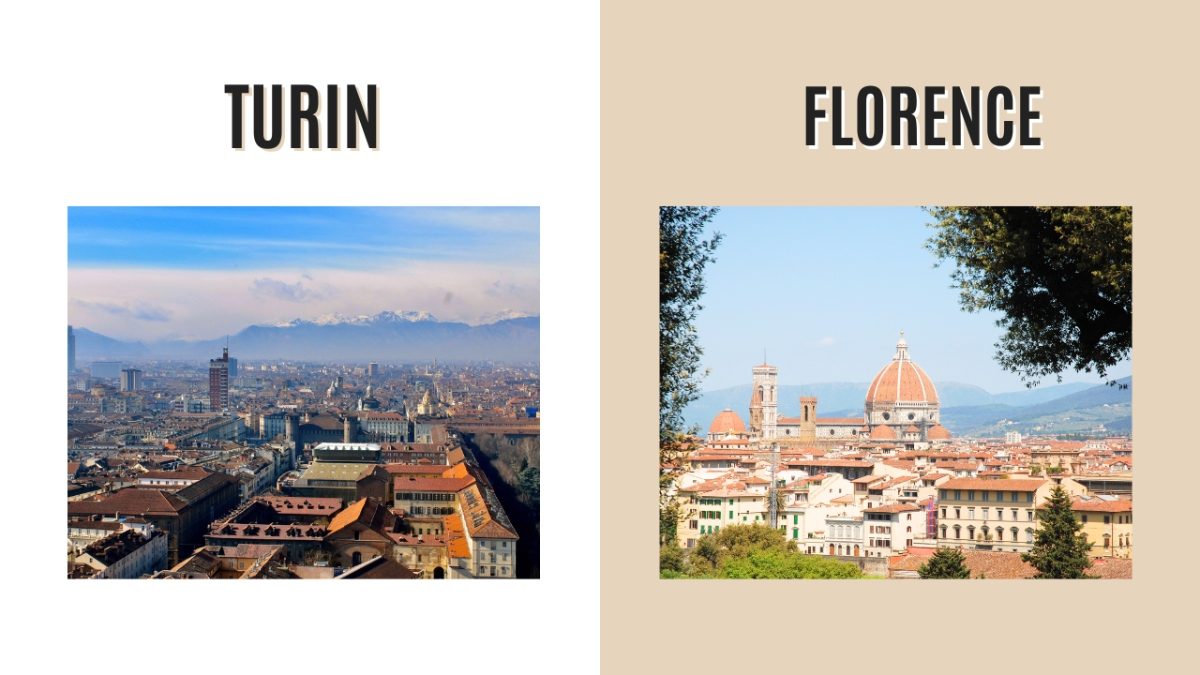
Turin and Florence have played pivotal roles in shaping Italy’s cultural and political landscape. These two cities boast rich histories spanning centuries, from ancient origins to Renaissance splendor and modern significance.
Origins of Turin and Florence
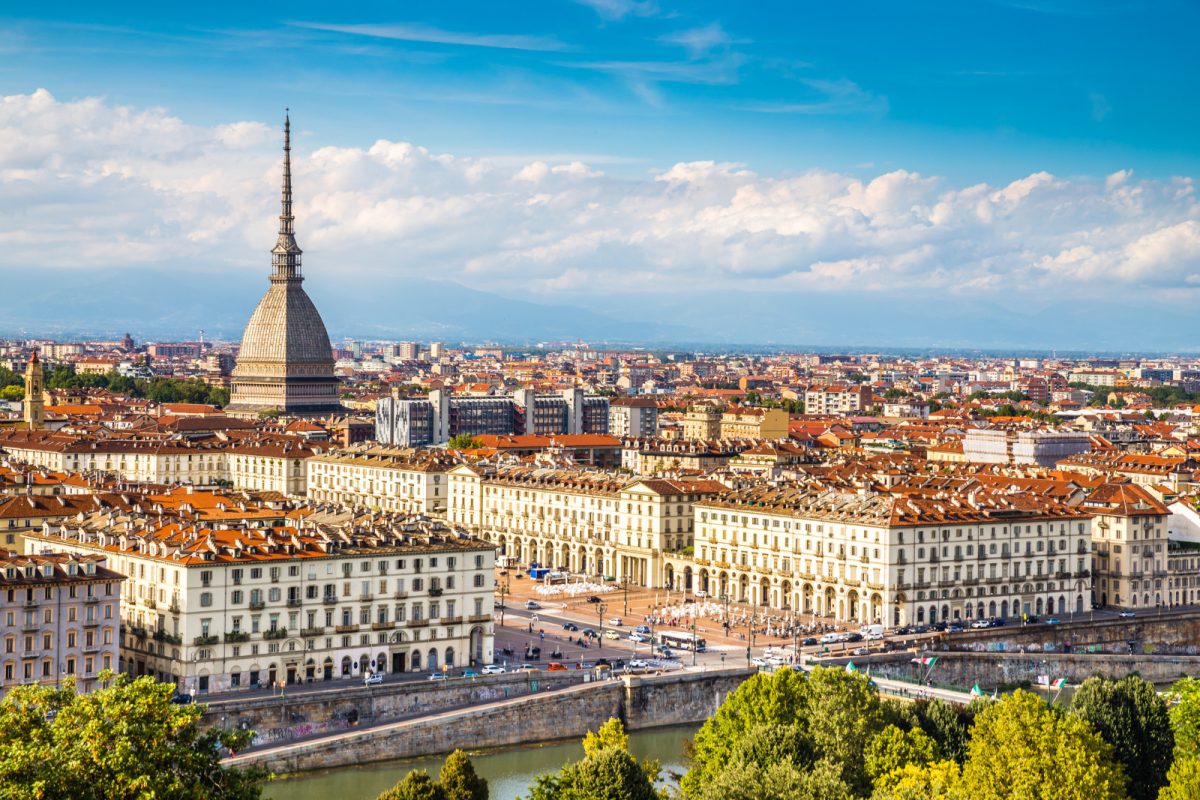
Turin’s roots date back to ancient Rome. The Romans founded Augusta Taurinorum as a military camp around 28 BC.
This settlement grew into the city we know today. Turin’s strategic location at the foot of the Alps made it an important trade hub.
Florence began as an Etruscan settlement. The Romans later established Florentia in 59 BC.
The city flourished due to its position along the Arno River. Florence’s early history saw periods of growth and decline under various rulers. Both cities survived barbarian invasions and feudal rule in the Middle Ages, emerging as powerful city-states in medieval Italy.
Renaissance Influence in Florence

Florence became the cradle of the Renaissance in the 14th century. The city’s wealth and patronage of the arts led to an explosion of creativity. Florence produced giants like Leonardo da Vinci, Michelangelo, and Botticelli.
The Medici family played a key role in Florence’s cultural boom. They funded artists and architects who transformed the city. The stunning Duomo and Palazzo Vecchio date from this era.
Florence’s Renaissance legacy still draws millions of visitors. The Uffizi Gallery houses countless masterpieces from this golden age.
Turin’s Role in Italian Unification
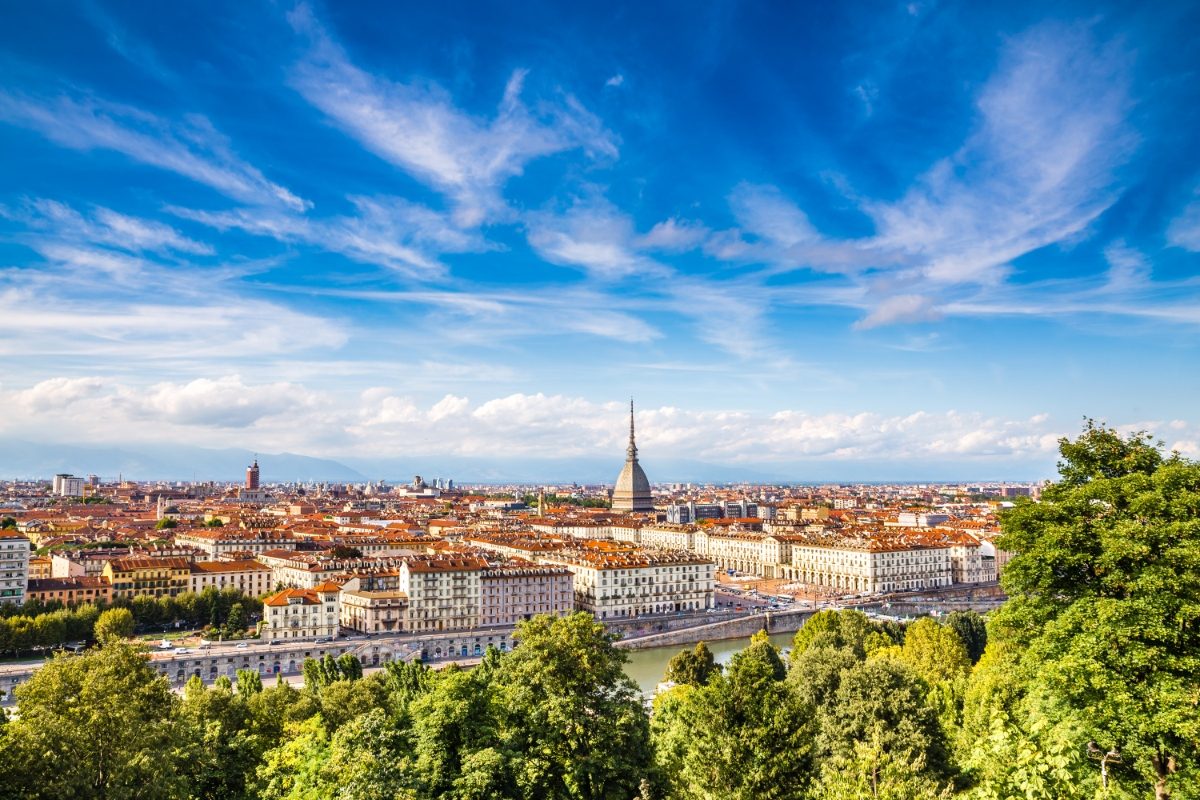
Turin took center stage during the Risorgimento, Italy’s unification movement. In 1720, the city became the capital of the Kingdom of Sardinia. Under the House of Savoy, Turin grew into a major political force.
In the 19th century, Turin led the push for a united Italy. The city served as the first capital of the newly formed Italian state from 1861 to 1865.
Turin’s grand squares and palaces reflect its royal past. The city’s role in unification shaped its identity as a modern industrial hub. Turin’s transformation from royal capital to economic powerhouse mirrors Italy’s journey to nationhood.
Cultural Attractions
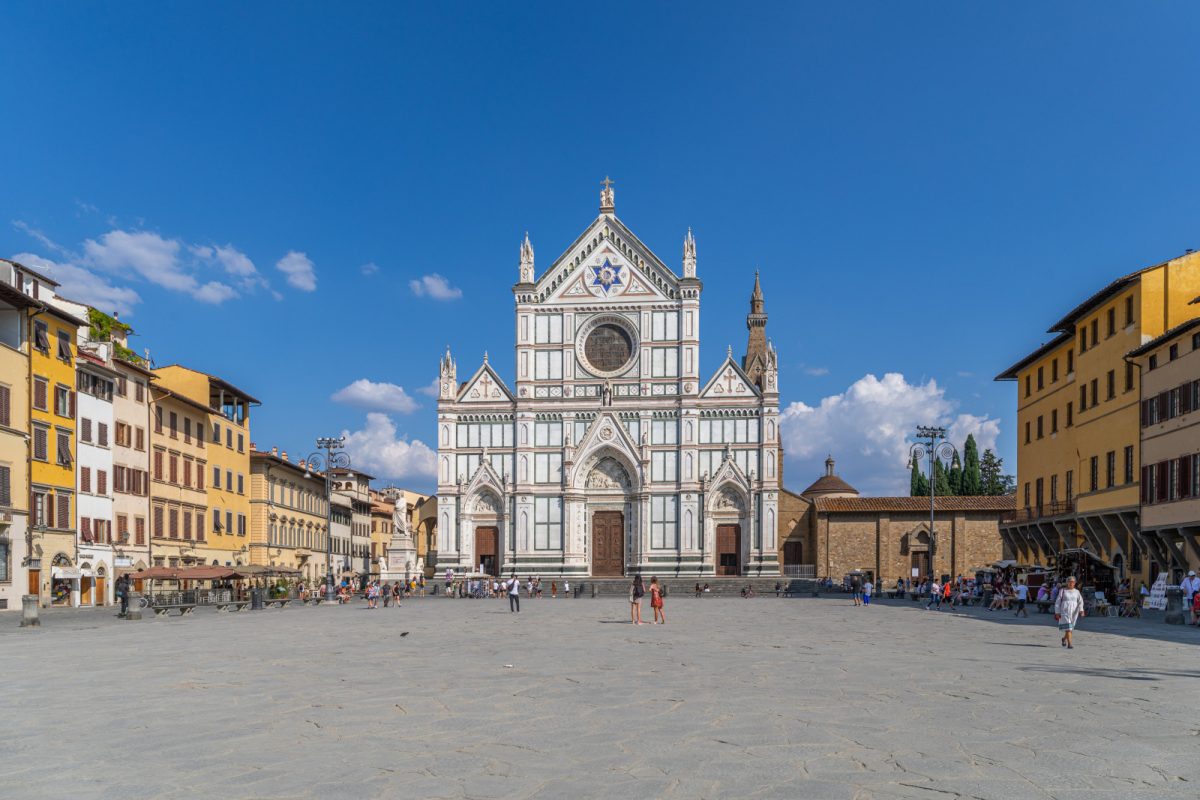
Turin and Florence both offer rich cultural experiences. Each city has unique museums, vibrant arts scenes, and exciting events that showcase their heritage and creativity.
Museums and Galleries
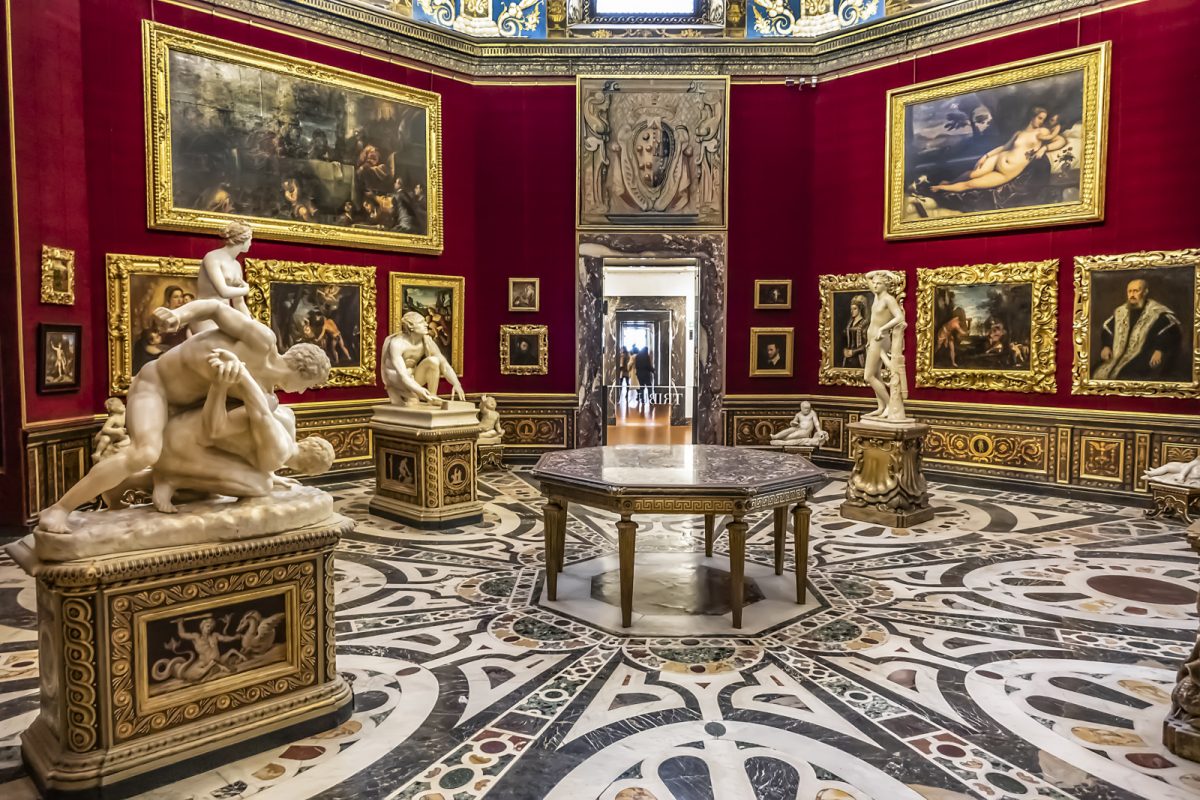
Turin’s Egyptian Museum is a must-see. It houses the world’s largest collection of Egyptian artifacts outside Cairo, and its modern redesign makes ancient history come alive.
Florence’s Uffizi Gallery is legendary. It’s packed with Renaissance masterpieces by Botticelli, Leonardo, and Michelangelo. The lines can be long, so book tickets in advance.
Both cities have hidden gems, too. Turin’s Cinema Museum in the Mole Antonelliana is super fun, and Florence’s Bargello Museum, in a former prison, has amazing sculptures.
Theater and Music Scenes
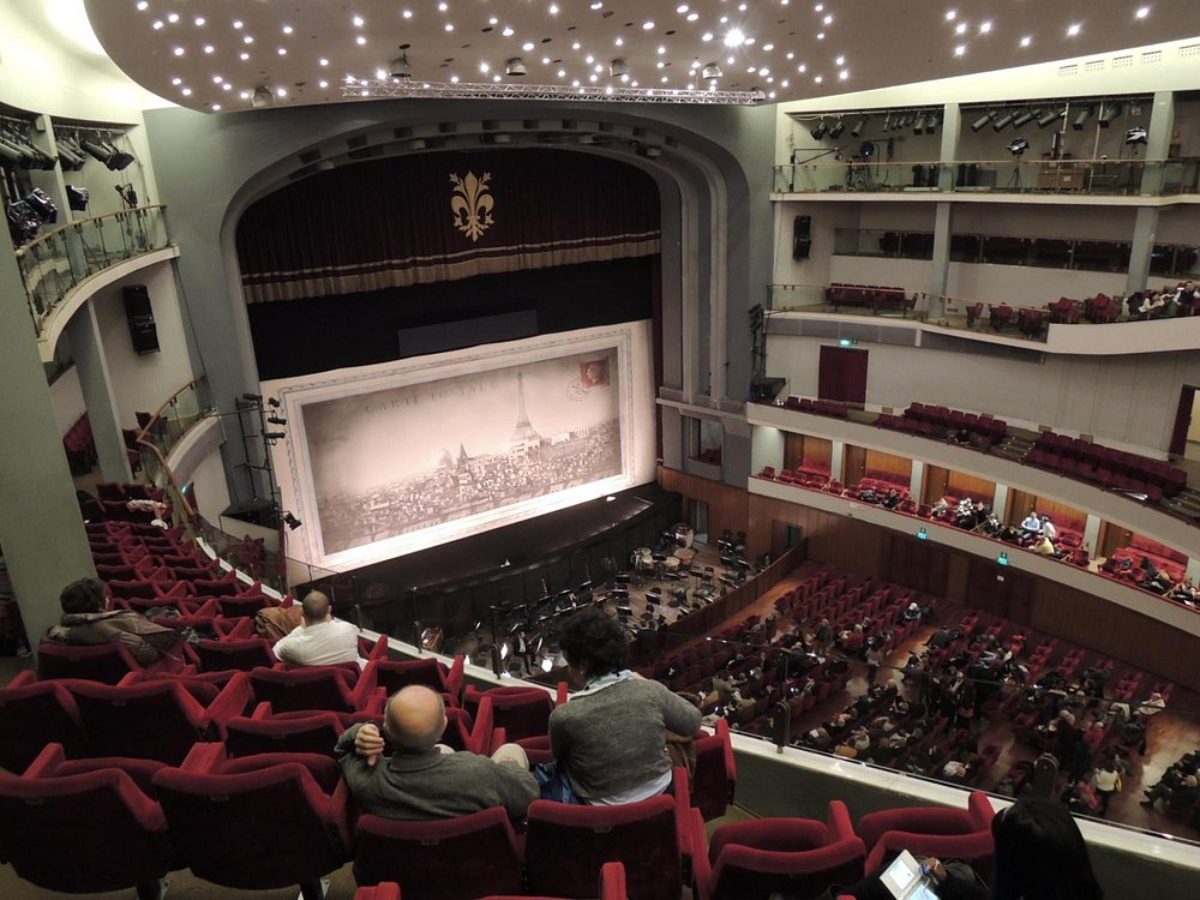
Turin’s got a cool indie music scene. Check out small venues like Hiroshima Mon Amour for up-and-coming Italian bands. The city’s grand Teatro Regio hosts world-class operas.
Florence shines with classical music. The Maggio Musicale festival brings top performers to historic venues each spring. For a treat, catch an opera at Teatro del Maggio.
Street performers add charm in both cities. Florence’s Piazza della Repubblica often has musicians. Turin’s Via Garibaldi is great for people-watching and impromptu shows.
Local Festivals and Events
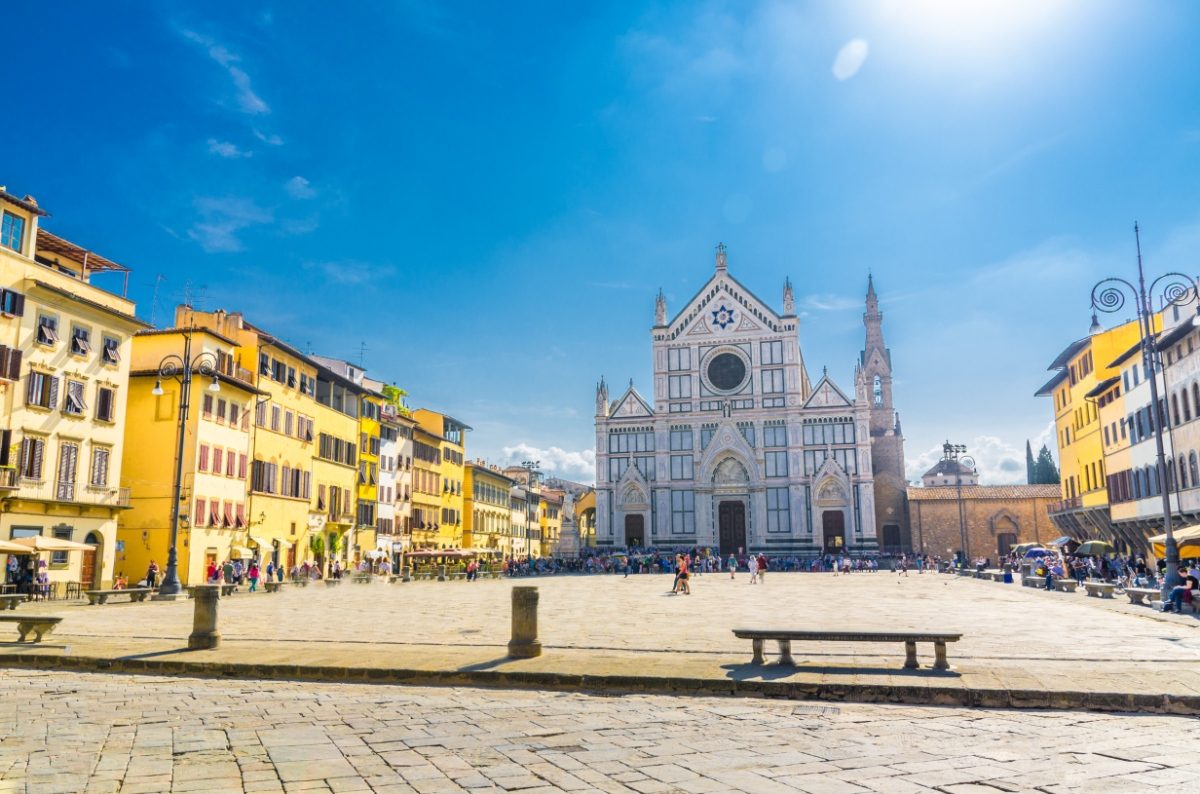
Turin goes all out for Carnival in February. The main parade is fun, but I love the “Battle of the Oranges” in nearby Ivrea. It’s messy and unique!
Florence’s Calcio Storico in June is wild. It mixes soccer, rugby, and wrestling in medieval costumes. Book early – tickets sell out fast.
Both cities shine at Christmas. Turin’s Luci d’Artista light displays are magical. Florence’s German-style Christmas market in Santa Croce Square is perfect for gifts and mulled wine.
Urban Landscape and Architecture
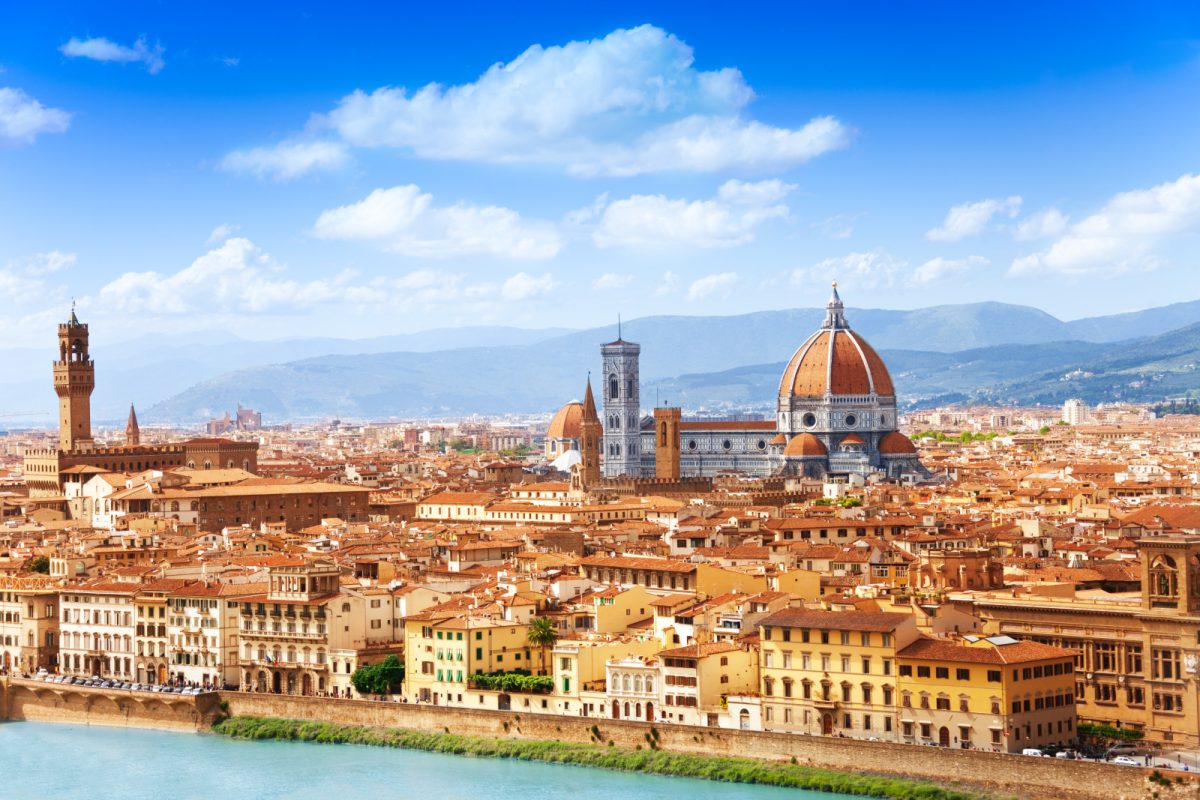
Turin and Florence boast stunning cityscapes that blend centuries of history with modern flair. Each city’s unique character shines through its architecture, from grand palaces to soaring cathedrals.
Architectural Highlights of Florence
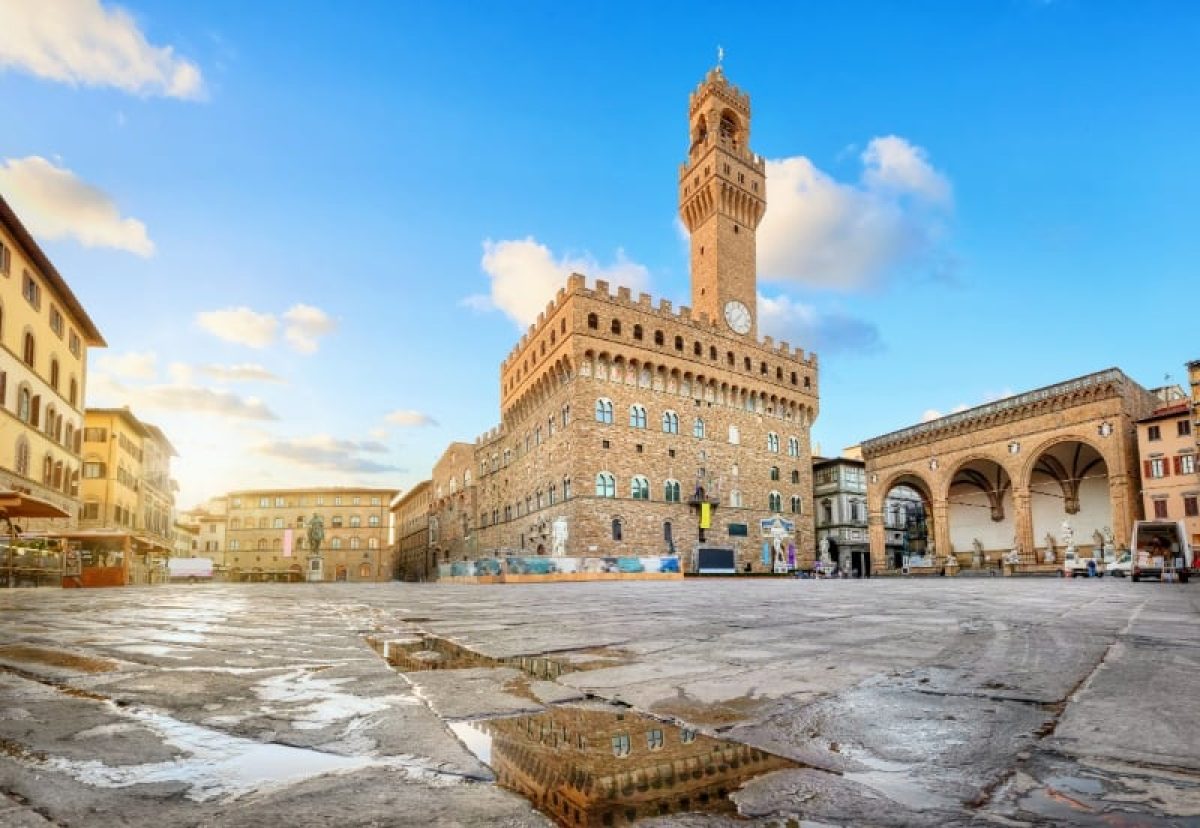
The iconic dome of the Duomo dominates Florence’s skyline. The city’s Renaissance treasures include the Palazzo Vecchio, its crenelated tower, and the elegant Ponte Vecchio bridge spanning the Arno River. Stroll through the cobblestone streets to discover hidden gems like the Palazzo Medici Riccardi, which has a beautiful courtyard.
Don’t miss Brunelleschi’s Pazzi Chapel, a masterpiece of Renaissance architecture. Check out the sleek glass and steel Central Market for a taste of modern Florence. The city’s charm lies in its blend of old and new, with gelato shops nestled alongside medieval towers.
Modern and Historical Turin
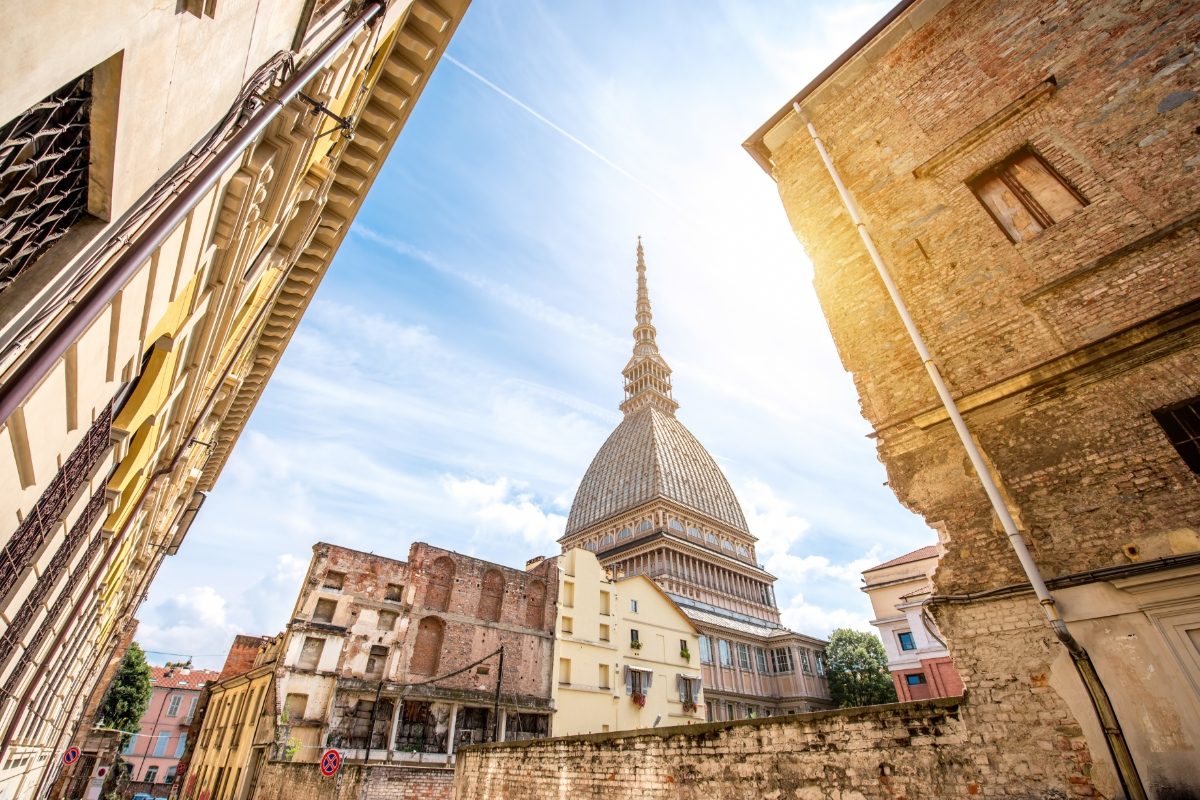
Turin’s wide boulevards and grand piazzas give the city a regal air. The Mole Antonelliana, once a synagogue and now a cinema museum, stands out with its soaring spire. Car lovers shouldn’t miss the futuristic Lingotto building, Fiat’s former factory with a rooftop test track.
For a trip back in time, explore the Baroque Palazzo Reale or wander through the medieval Borgo Medievale, a faithful recreation of a 15th-century Piedmontese village. Turin’s famous covered walkways, or portici, stretch for 18 km, offering shelter from sun and rain as you shop or sightsee.
The Duomo – A Monumental Landmark
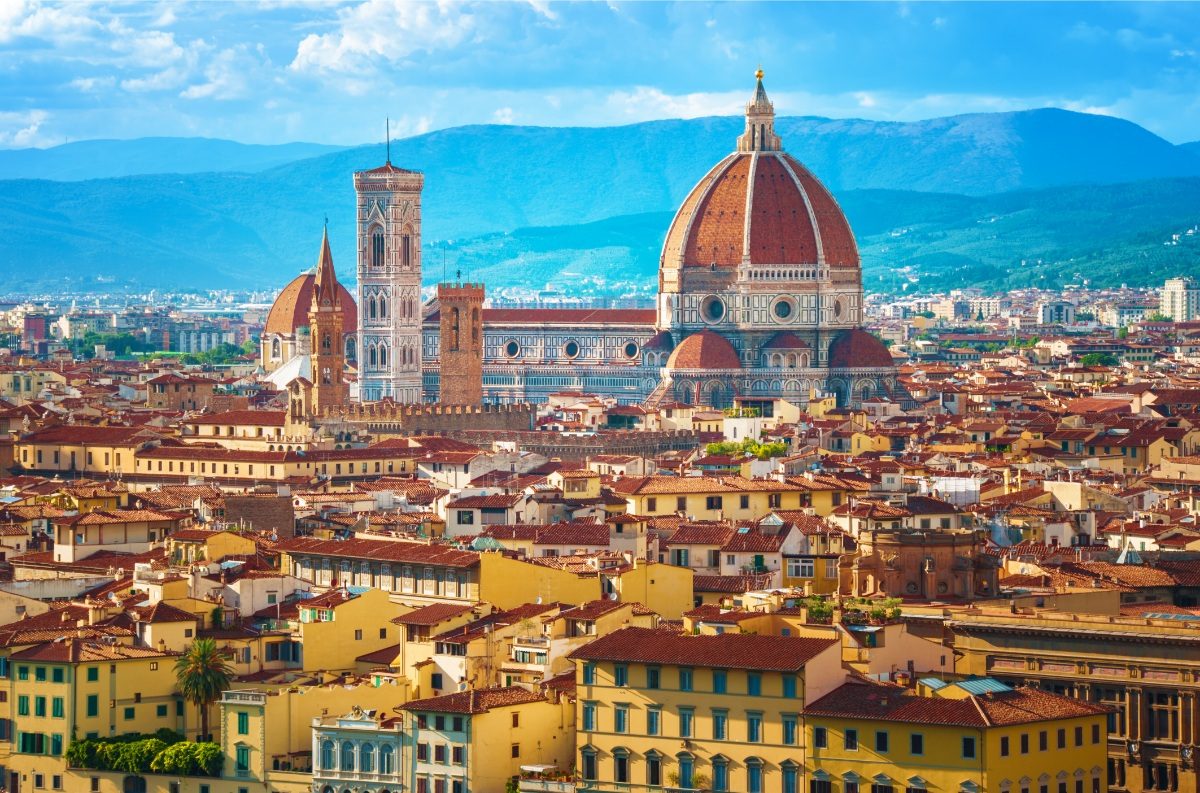
Florence’s Duomo is a true marvel of engineering and artistry. Brunelleschi’s massive dome, completed in 1436, still dominates the city skyline. Climb the 463 steps to the top for breathtaking views of Florence and the Tuscan countryside.
The cathedral’s facade is a stunning mix of pink, white, and green marble. Inside, look up to see Giorgio Vasari’s frescoes of the Last Judgment. Don’t forget to visit the nearby Baptistery with its famous bronze doors, dubbed the “Gates of Paradise” by Michelangelo.
See Related: Where to Stay in Italy for a Week: Unforgettable Destinations for Every Traveler
Gastronomy and Cuisine
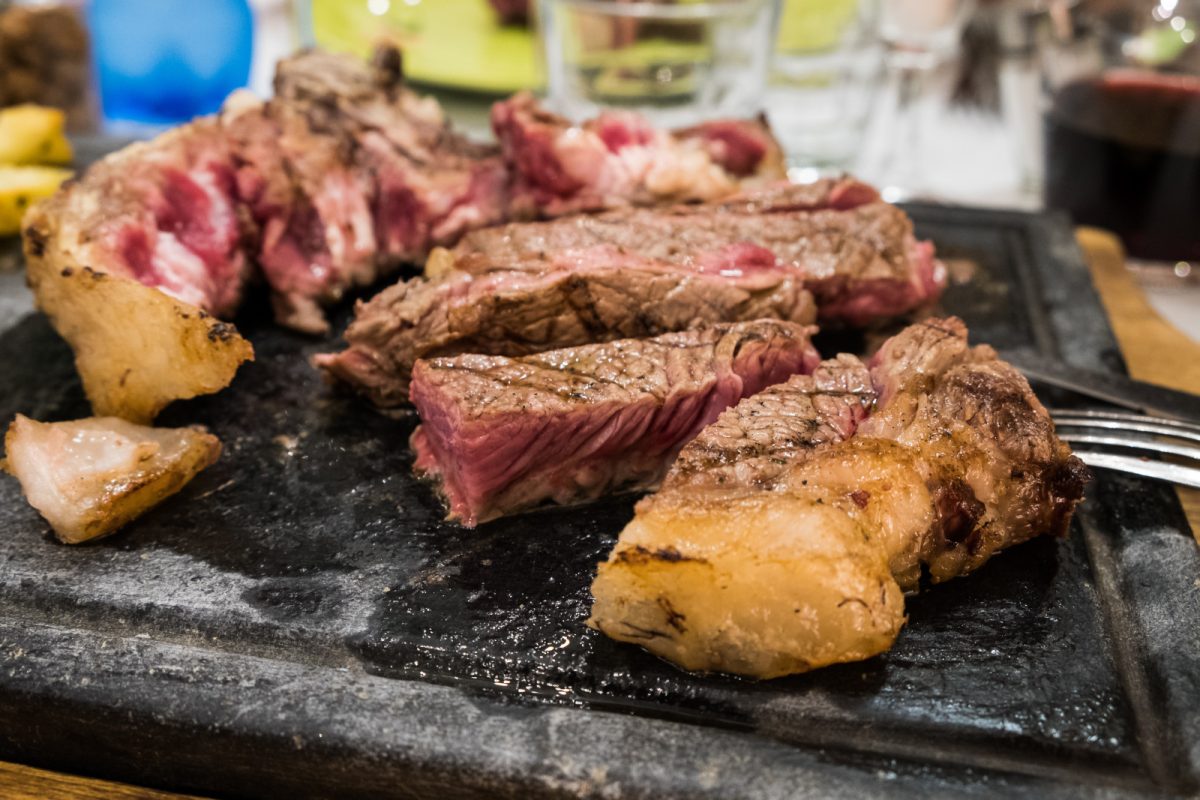
Turin and Florence offer foodies a chance to savor Italy’s culinary treasures. Both cities boast unique flavors and dining experiences that reflect their rich histories and local traditions.
Typical Dishes and Food Culture
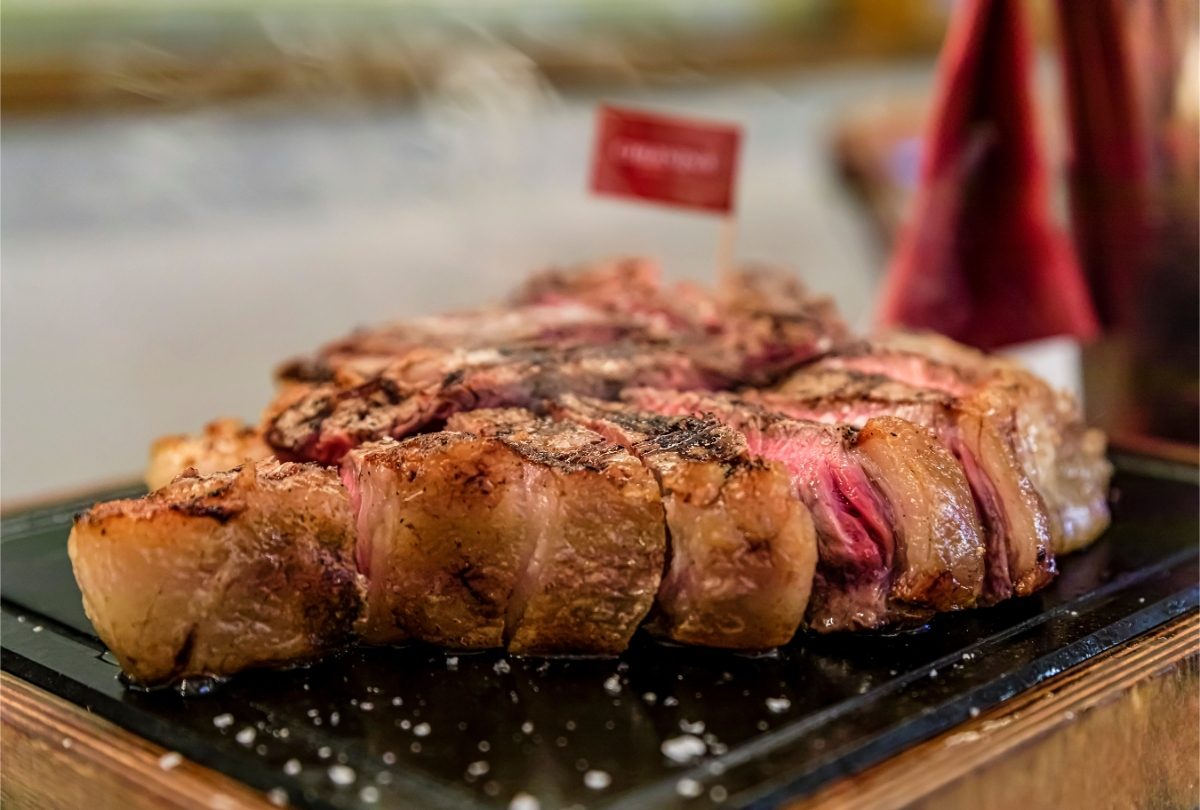
Turin’s food scene is all about hearty, comforting dishes. The city’s signature dish is agnolotti del plin, tiny pasta parcels stuffed with meat or veggies. You’ll also find bagna cauda, a warm dip made with garlic, anchovies, and olive oil – perfect for dunking veggies on chilly nights.
On the other hand, Florence is famous for its Bistecca alla Fiorentina. This massive T-bone steak is grilled to perfection and is best enjoyed rarely. Don’t miss ribollita, a rustic Tuscan soup packed with veggies and bread.
Both cities take their aperitivo culture seriously. In Turin, you might sip a Bicerin, a layered drink of espresso, chocolate, and cream. Florence offers its twist with Negroni, a cocktail born in the city.
Noteworthy Restaurants and Eateries
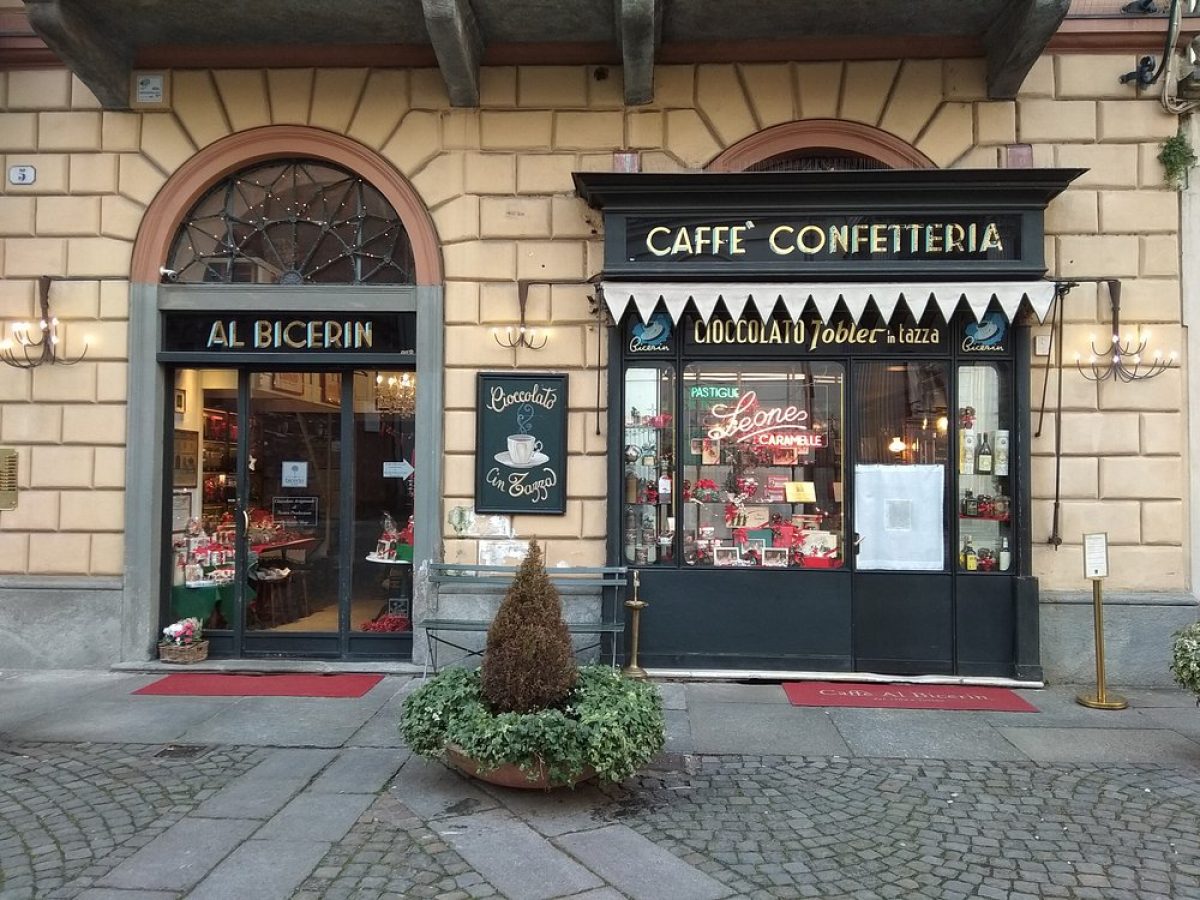
Turin’s food scene is a mix of tradition and innovation. For a taste of history, head to Caffè Al Bicerin, which has been serving its namesake drink since 1763. Foodies shouldn’t miss Consorzio, where chef Antonio Romano puts a modern spin on Piedmontese classics.
Florence has its share of culinary gems, too. Trattoria Mario, a family-run spot near the San Lorenzo market, serves up no-frills Tuscan fare. For a splurge, book a table at Enoteca Pinchiorri, a three-Michelin-starred restaurant housed in a Renaissance palazzo.
Street food is big in both cities. In Turin, try farinata, a chickpea pancake, from one of the many street vendors. Florence’s lampredotto sandwiches, made with tripe, are a local favorite for a quick bite.
Wine and Gourmet Tours

Turin is in the heart of Piedmont wine country. Wine lovers can take day trips nearby Barolo and Barbaresco to sample world-class reds. The city hosts the biennial Salone del Gusto, a major slow-food event.
Florence is a gateway to Chianti wines. Many tours combine wine tasting with visits to charming Tuscan villages. In the city, enoteche (wine bars) offer chances to try local vintages.
Both cities have great food markets. Turin’s Porta Palazzo is Europe’s largest open-air market. Florence’s Mercato Centrale is a food lover’s paradise, with vendors selling everything from fresh pasta to truffles.
Shopping and Fashion
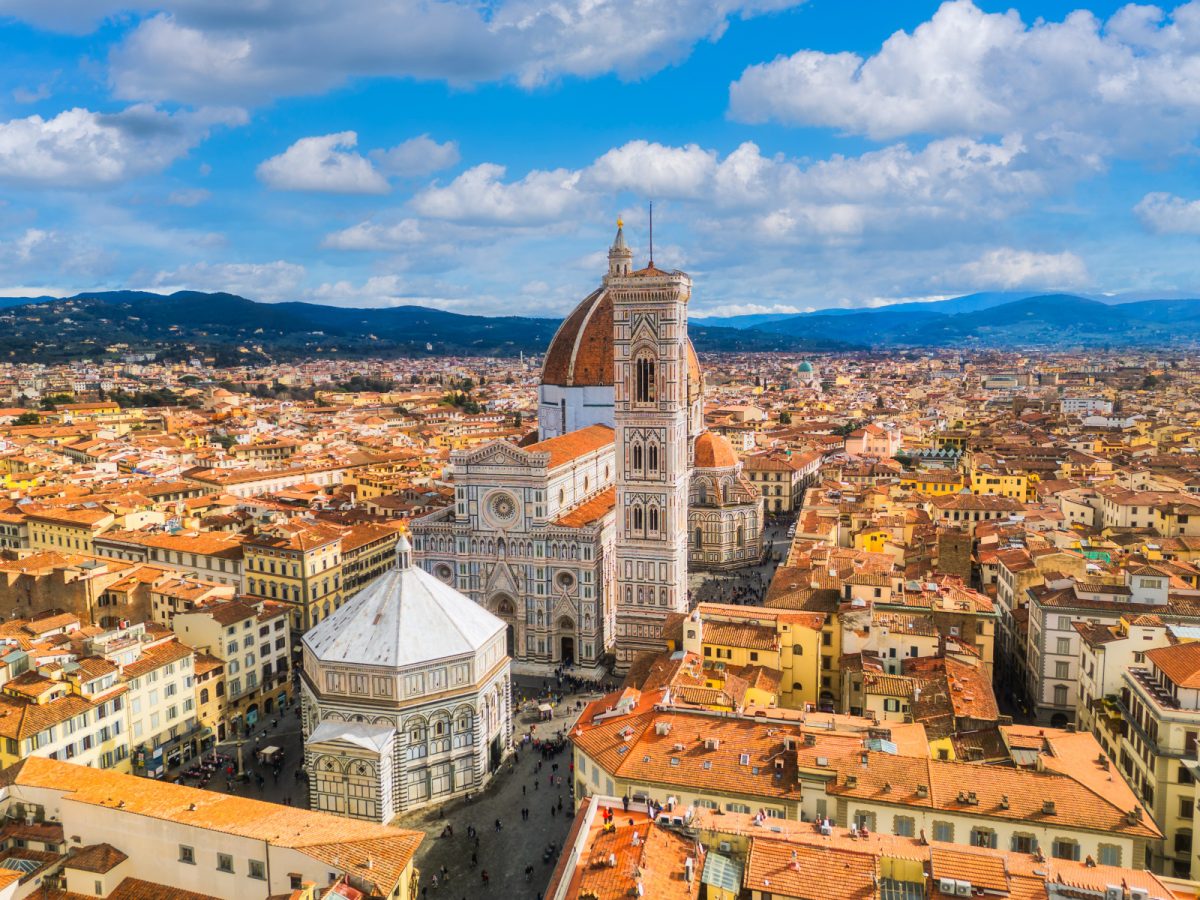
Turin and Florence offer distinct retail experiences that showcase Italian style and craftsmanship. Both cities boast high-end boutiques, bustling markets, and strong fashion influences, but each has its unique shopping personality.
Designer Boutiques and Retail Therapy
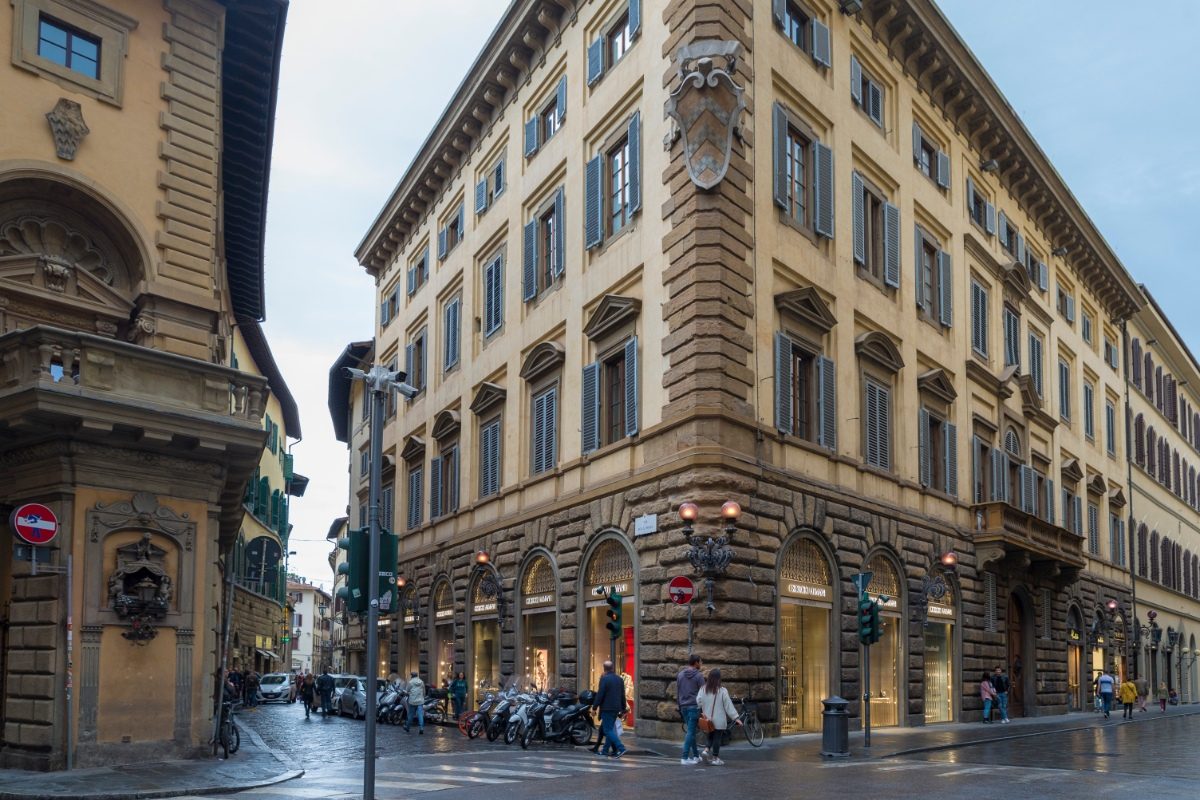
Florence is a shopper’s paradise, especially for luxury brands. Via de Tornabuoni is the city’s main fashion street, with Italian designers like Gucci and Ferragamo flagship stores. The Golden Triangle area near Piazza della Signoria is another hotspot for high-end shopping.
Turin’s shopping scene is more low-key but still impressive. Via Roma is the city’s main shopping thoroughfare, featuring a mix of international and Italian brands. The Quadrilatero Romano district is great for unique boutiques and vintage finds.
Prices in both cities can be steep. A designer handbag might cost €1000-3000, while a pair of Italian leather shoes could cost €200-500.
Marketplaces and Artisan Goods
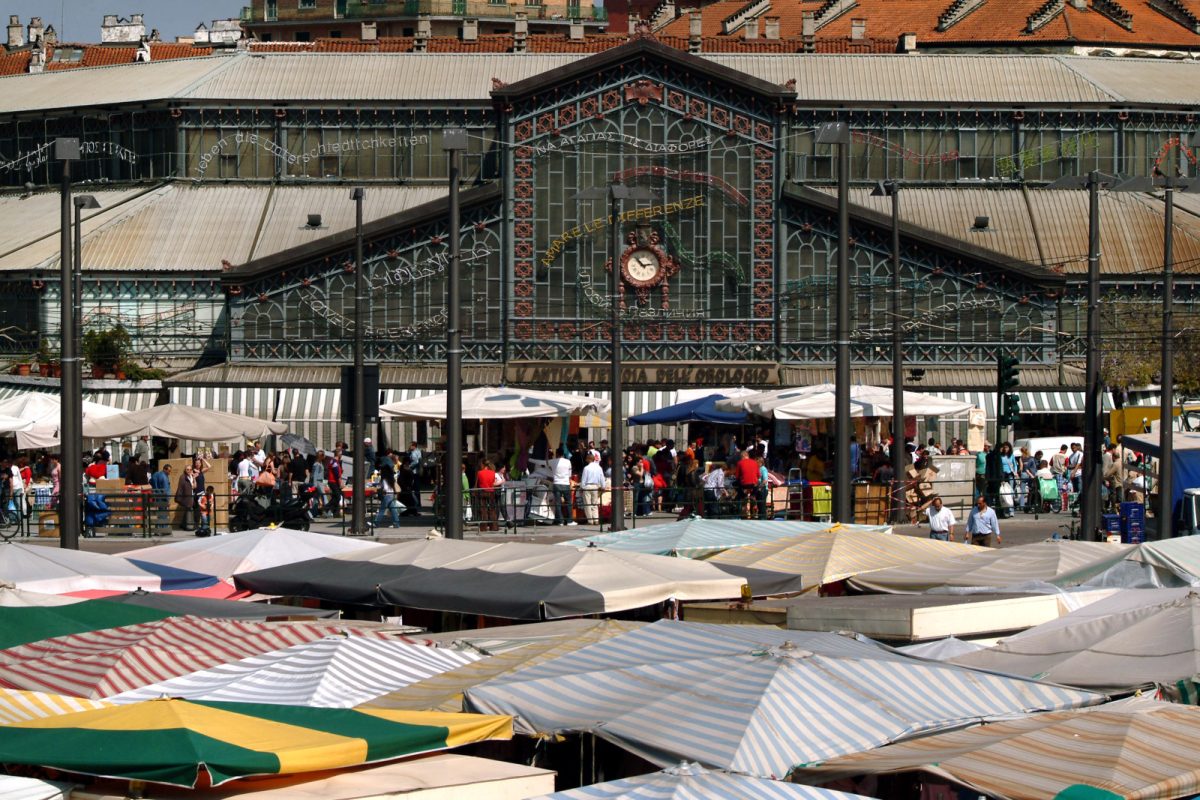
Florence’s San Lorenzo Market is a must-visit for leather goods, souvenirs, and local crafts. The indoor Mercato Centrale is perfect for foodies, offering fresh produce and gourmet treats.
Turin’s Porta Palazzo Market is Europe’s largest open-air market. It’s a great place to find local specialties, fresh produce, and affordable clothing. The Balon flea market, held every Saturday, is a treasure trove of antiques and curiosities.
Both cities have artisan workshops where you can find handmade jewelry, ceramics, and textiles. Prices for artisan goods vary widely, from €20 for small ceramics to hundreds for fine jewelry.
Fashion Influence of Milan
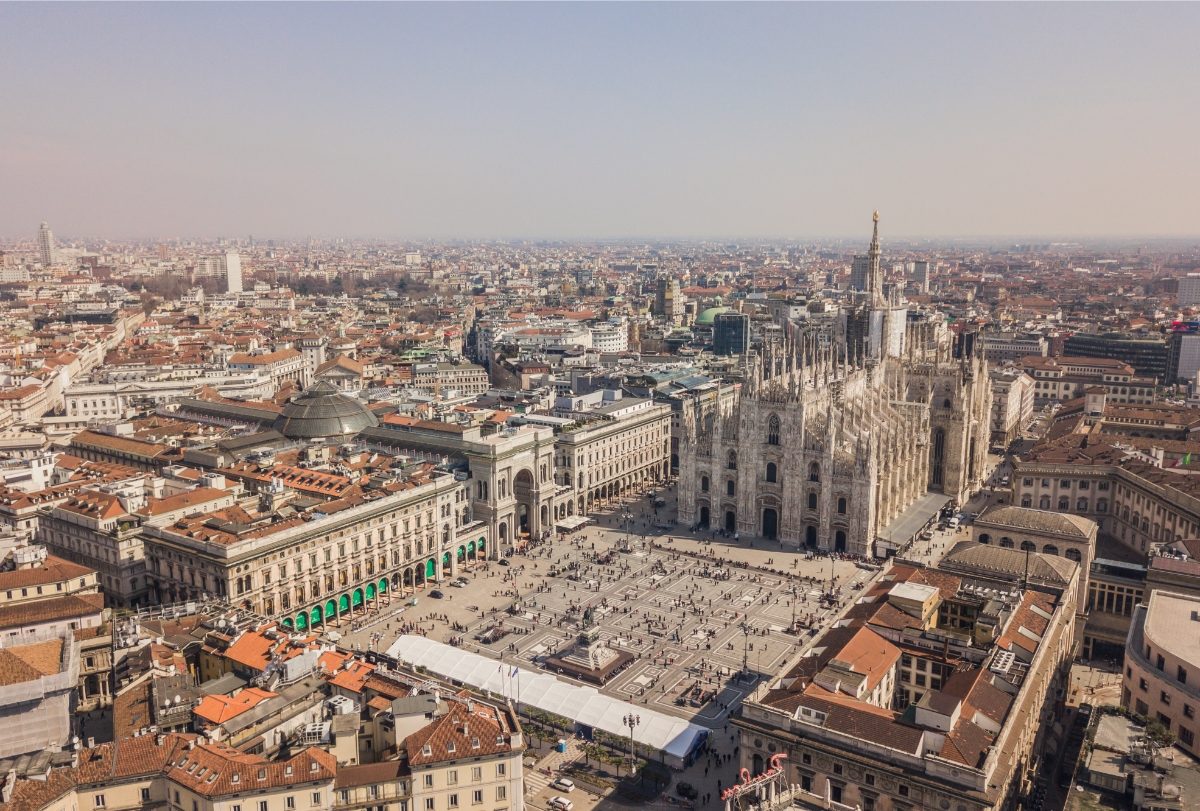
While Milan is Italy’s undisputed fashion capital, its influence extends to Turin and Florence. Florence hosts the prestigious Pitti Immagine fashion fairs, drawing designers and buyers from around the world.
Turin, being closer to Milan, benefits from fashion spillover. Many Milanese designers have showrooms or outlets in Turin, offering last season’s styles at discounted prices.
Both cities have their fashion weeks, though smaller in scale than Milan’s. These events showcase local designers and emerging talent. Fashion-conscious visitors might want to time their trips to coincide with these events for a taste of Italian style.
Outdoor and Leisure Activities
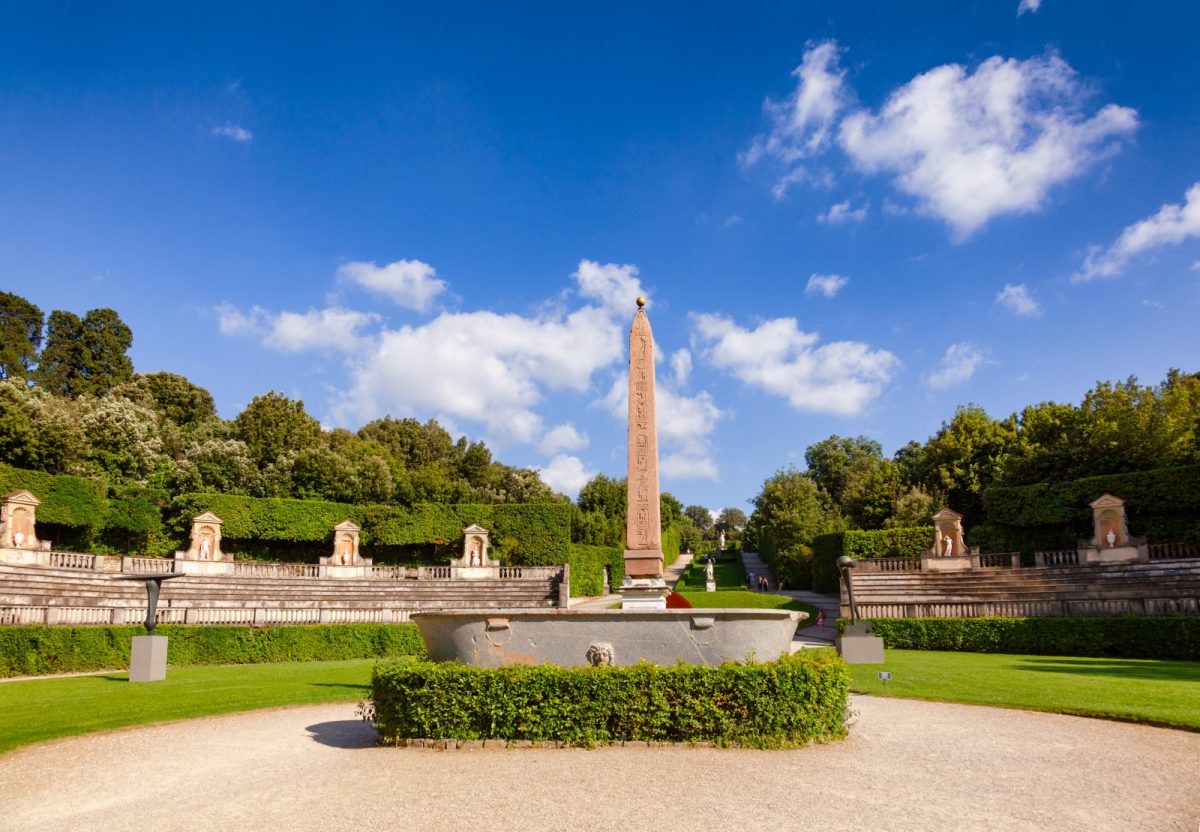
Turin and Florence offer different but equally exciting outdoor experiences. Both cities provide plenty of options for nature lovers and sports enthusiasts, from urban parks to mountain adventures.
Parks and Recreation in Turin
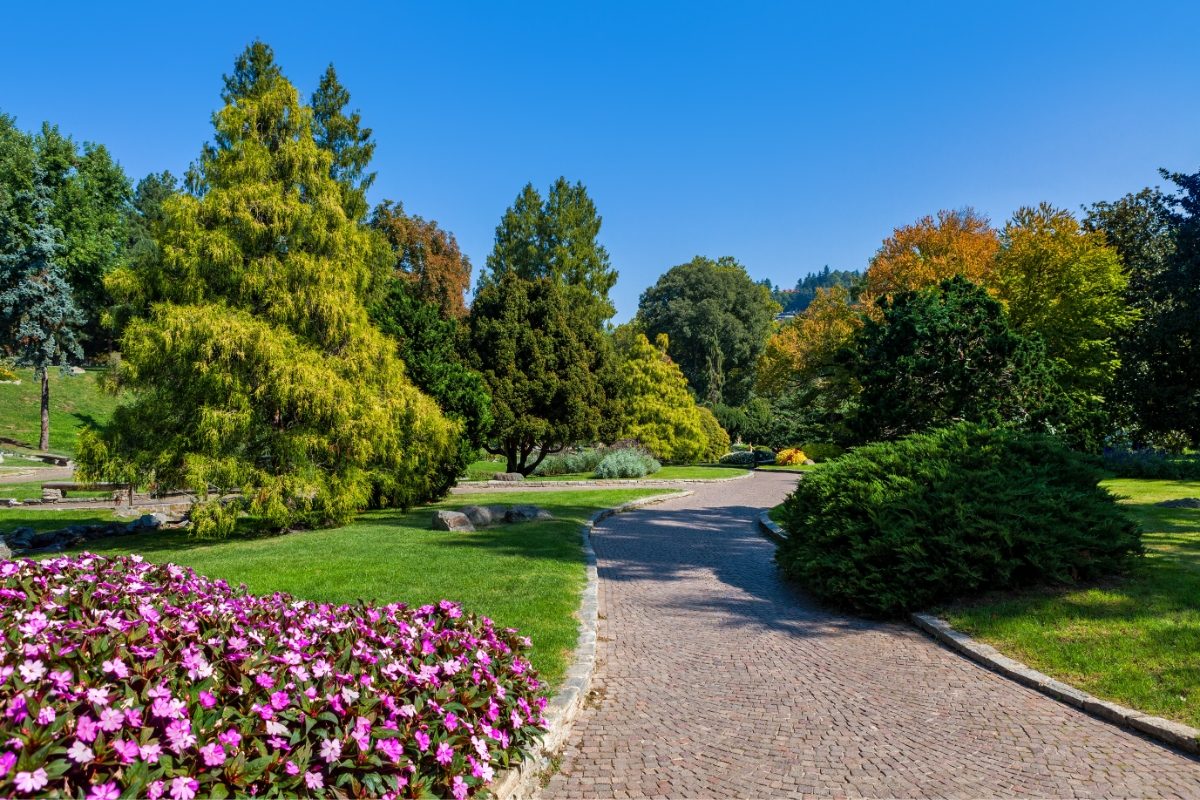
Turin’s green spaces are perfect for relaxing or staying active. The Valentino Park along the Po River is a local favorite.
It has walking paths, bike rentals, and even a medieval village replica. On weekends, you’ll see many Turinese playing picnics or soccer.
For a unique experience, check out Parco del Nobile. This hilltop park offers amazing views of the city and Alps. It’s got a planetarium, too—great for stargazing on clear nights.
Don’t miss the Gardens of the Royal Palace. These formal gardens are stunning in spring when the flowers bloom. You can join a guided tour or just wander around on your own.
Hiking and Nature in Tuscany
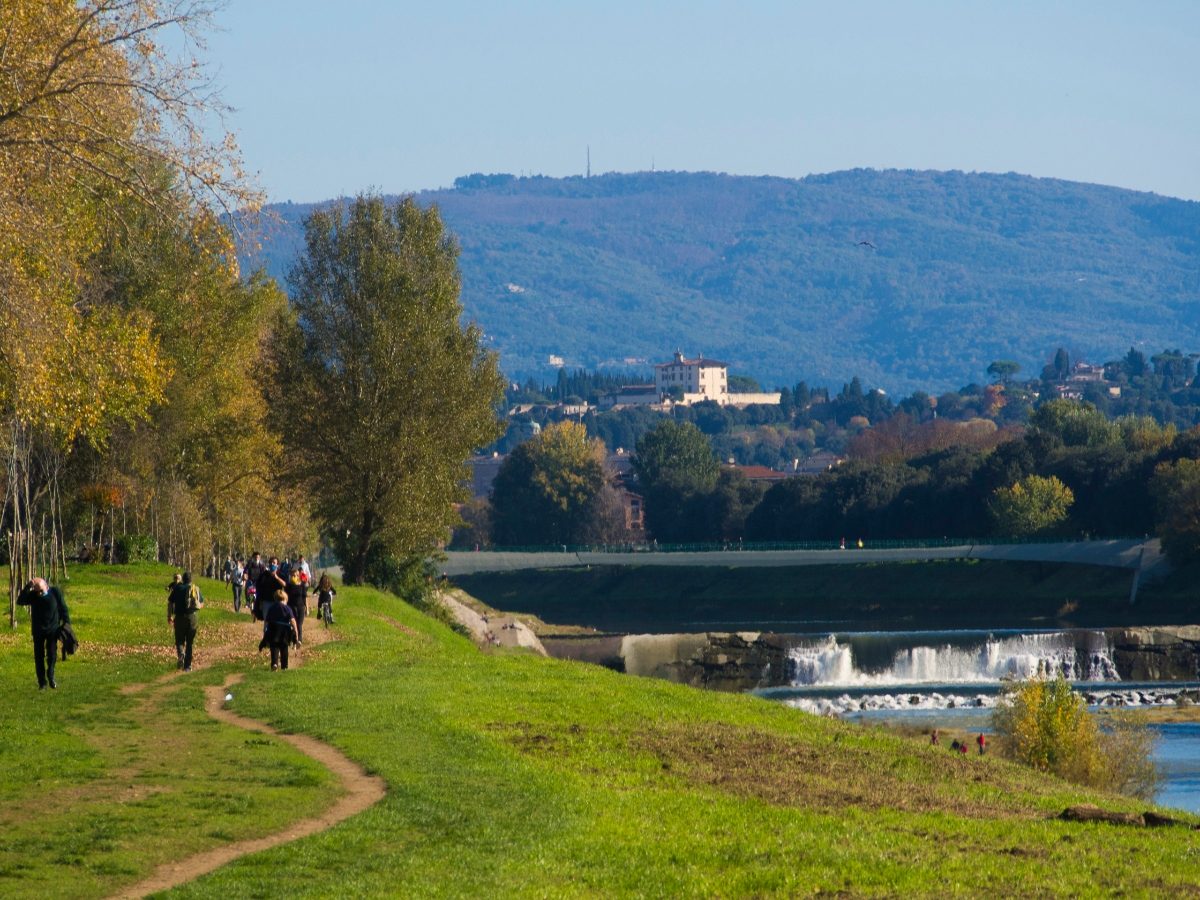
Florence is your gateway to Tuscany’s famous countryside. The rolling hills and cypress trees are straight out of a postcard.
Fiesole, just 20 minutes from Florence, has some great hiking trails. The views of Florence from up there are spectacular.
For a longer trek, head to the Chianti region. You can walk through vineyards and olive groves. Many wineries offer tours and tastings – a perfect reward after a hike!
Cascine Park is Florence’s largest green space. It has sports fields, a swimming pool, and even a hippodrome. On Tuesdays, a huge market sells everything from clothes to fresh produce.
Winter Sports in the Alps
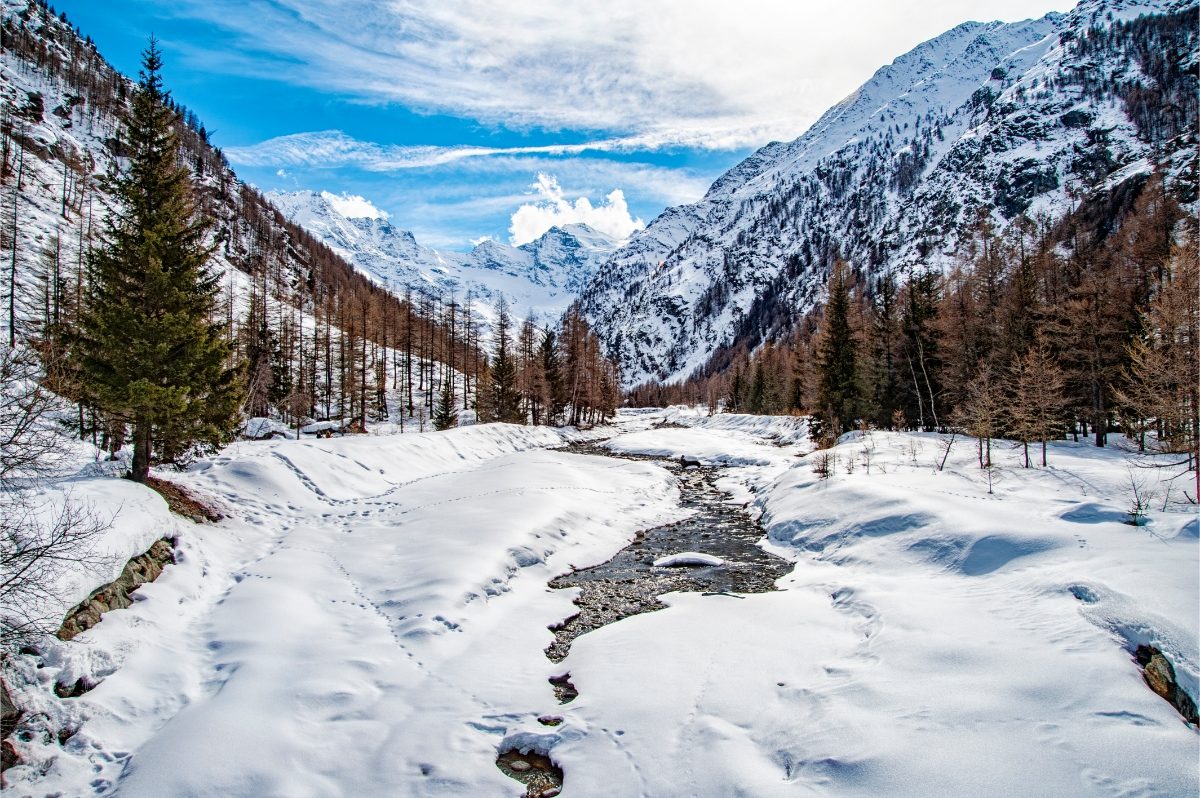
Turin’s proximity to the Alps makes it a paradise for winter sports fans. The 2006 Winter Olympics were held here, and the facilities are still top-notch.
Sestriere, about two hours from Turin, is a popular ski resort. It’s got slopes for all levels and great après-ski options.
For something different, try snowshoeing in Gran Paradiso National Park. It’s beautiful and peaceful, especially after a fresh snowfall. Guided tours start at around €50 per person.
Ice skating is big in Turin, too. The Palavela arena hosted figure skating during the Olympics. Now, it’s open to the public, and skate rentals are about €8.
Nightlife and Entertainment
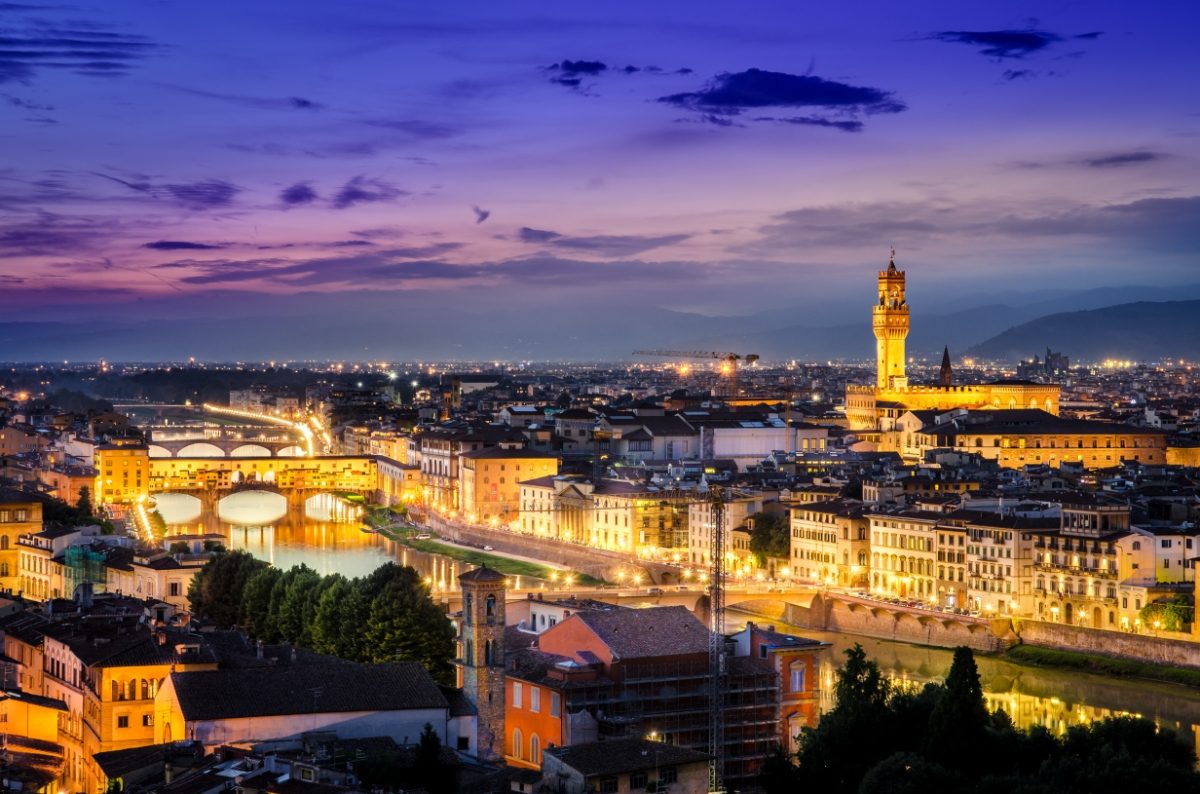
Florence and Turin both offer vibrant after-dark scenes, but each city has its unique flavor when the sun goes down. From romantic evening strolls to lively bars and clubs, these Italian gems have something for every night owl.
Florentine Evenings and Night Tours
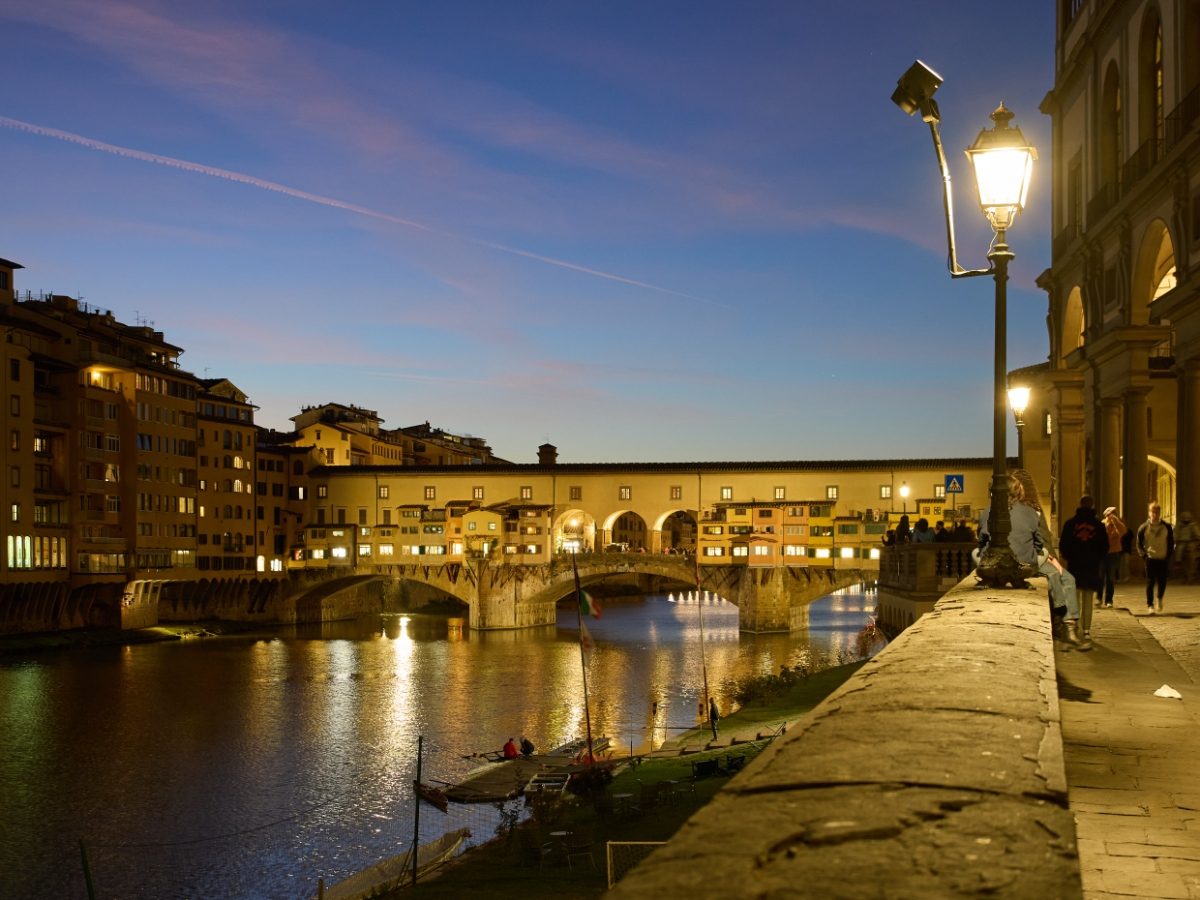
Florence comes alive after dark. The city’s stunning architecture is beautifully lit, creating a magical atmosphere.
Night tours are a great way to see the sights without the daytime crowds. One popular option is a ghost tour that takes you through spooky alleys and tells tales of Florence’s darker history.
For drinks, head to the Santa Croce area. It’s packed with trendy bars and live music venues.
Santo Spirito Square is another hotspot, especially when locals and tourists mingle outdoors in summer. Cocktail prices range from €8 to € 12.
Don’t miss aperitivo, the Italian happy hour. From about 7–9 p.m., many bars offer free snacks with drink purchases. It’s a great way to start your night out on a budget.
Turin’s Vibrant Nightlife Scene
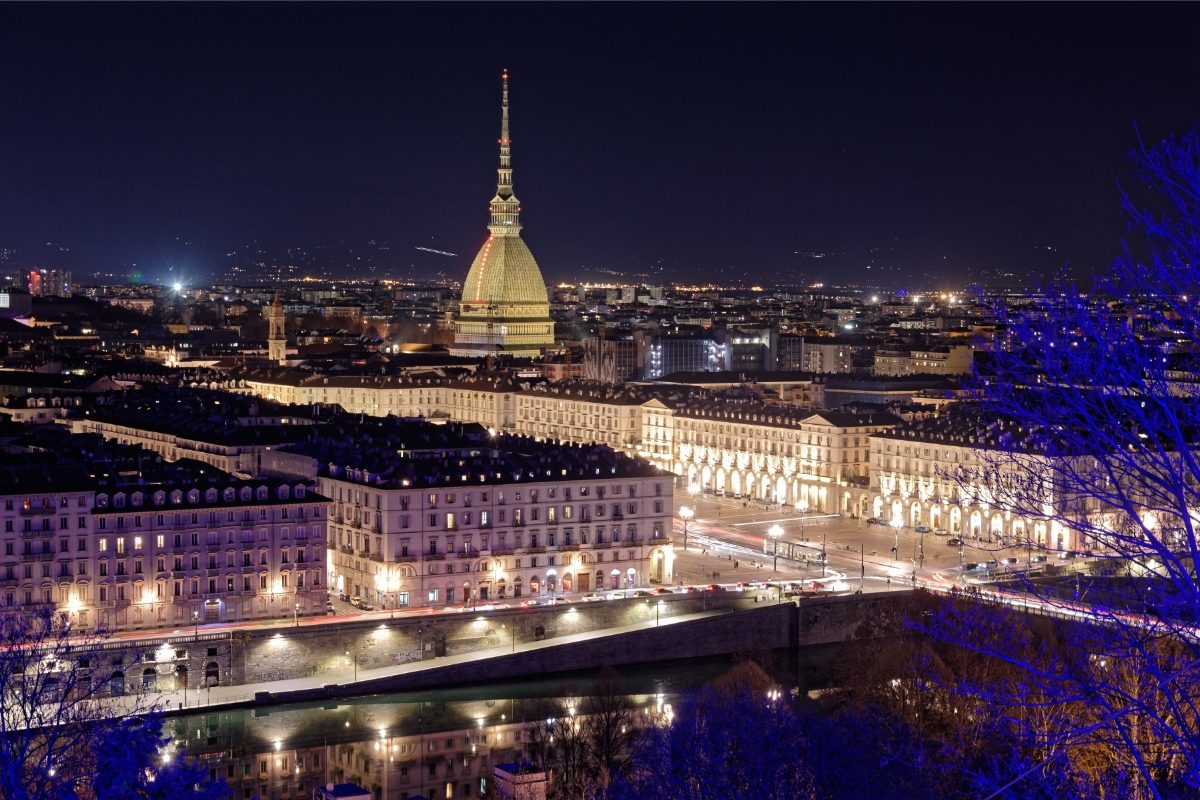
Turin’s nightlife is more laid-back than Florence’s but offers plenty of options. The city is known for its historic cafes, some dating back to the 18th century. These elegant spots are perfect for sipping vermouth, Turin’s signature drink.
For a livelier scene, check out the San Salvario neighborhood. It’s packed with bars and restaurants that stay open late. The action spills onto the streets in summer, creating a festive atmosphere.
Turin is also home to some great live music venues. Hiroshima Mon Amour hosts indie and electronic acts, while Jazz Club Torino is the place for jazz lovers. Cover charges are usually around €10-15.
Don’t forget to try a Bicerin – Turin’s famous layered coffee drink. It’s the perfect pick-me-up before a night out.
See Related: Two Weeks in Italy Itinerary: The Perfect Family Adventure
Accessibility and Transportation

Getting around Turin and Florence is a breeze thanks to their well-developed public transit systems. Both cities offer plenty of options for visitors, whether by bus, tram or on foot. Let’s look at how these Italian gems stack from A to B.
Public Transportation Systems
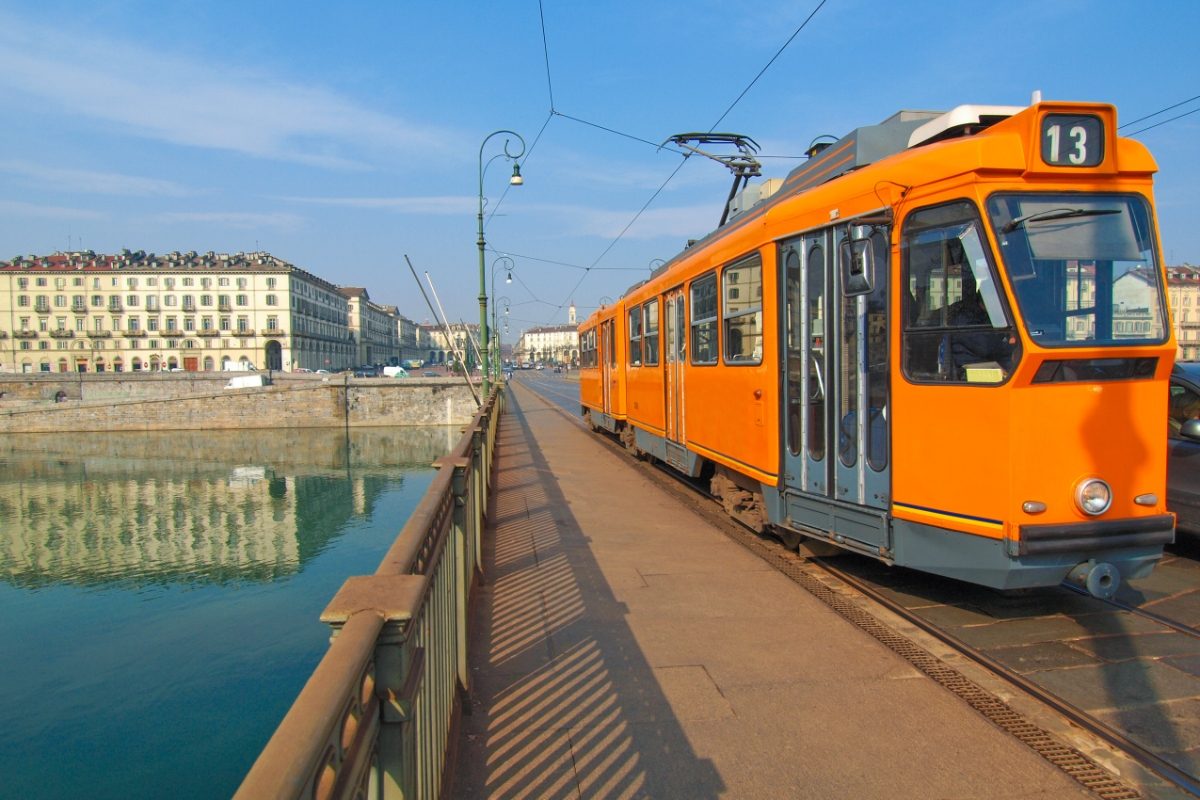
Turin’s public transport network is top-notch. The city boasts an extensive metro system with just one line, but it’s super efficient.
Buses and trams crisscross the city, making reaching all the major sights easy. A single ticket costs €1.70 and is valid for 100 minutes.
Florence, on the other hand, relies more on buses. The city’s compact size means you can walk to many attractions but hop on one of the frequent buses when you need to go further.
A 90-minute ticket in Florence costs €1.50. Both cities offer day passes for unlimited travel, which can be a great deal if you plan to travel extensively.
Traveling Between Turin and Florence

Fancy a trip from Turin to Florence or vice versa? You’re in luck! The high-speed train is the way to go. It’s a comfortable 3-hour journey, with tickets starting at around €30 if you book in advance. Trains run frequently throughout the day.
Buses are also an option for budget travelers. The trip takes longer (about 6-7 hours) but can be much cheaper, with fares as low as €15. Just remember to pack some snacks and a good book for the ride!
Accessibility for Visitors
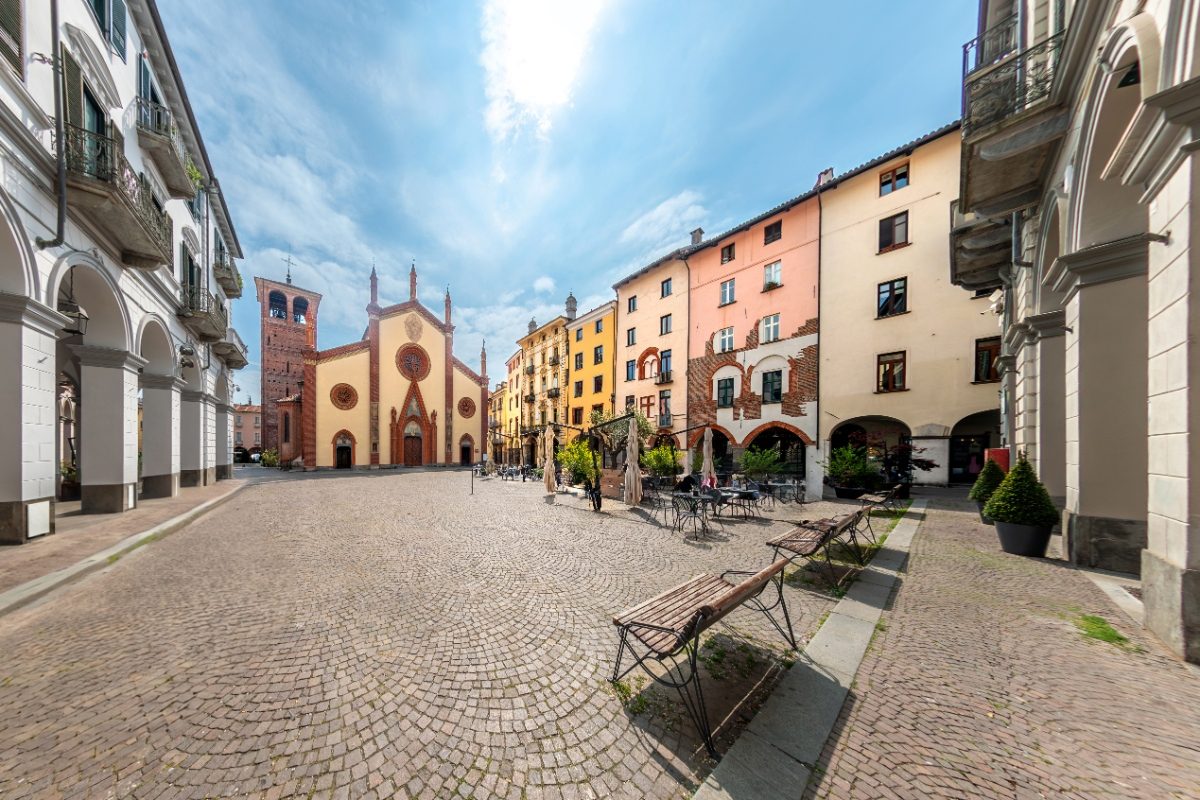
Both Turin and Florence have made strides in improving accessibility for mobility-issue visitors. Many museums and attractions offer wheelchair access and reduced-price tickets for disabled visitors and their companions.
In Turin, most metro stations have elevators, and many buses are equipped with ramps. Florence’s historic center can be tricky with its cobblestone streets, but the city provides free electric shuttles in the ZTL (limited traffic zone) for those who need them.
Taxis in both cities can accommodate wheelchairs with advance notice. It’s always a good idea to check accessibility info for specific sites before visiting, especially in Florence, where some historic buildings might have limitations.
Living and Lifestyle
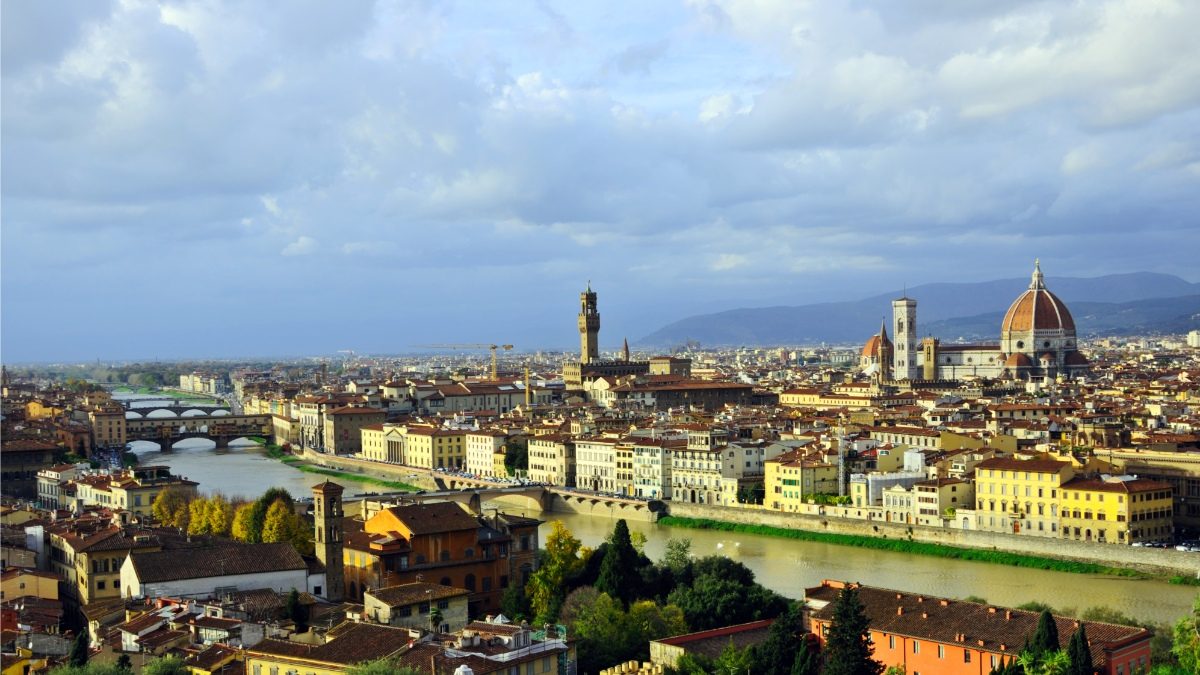
Turin and Florence offer distinct living experiences, with each city boasting unique charms and challenges. From cost differences to quality of life factors, these Italian gems present varied options for residents and investors alike.
Cost of Living Comparison
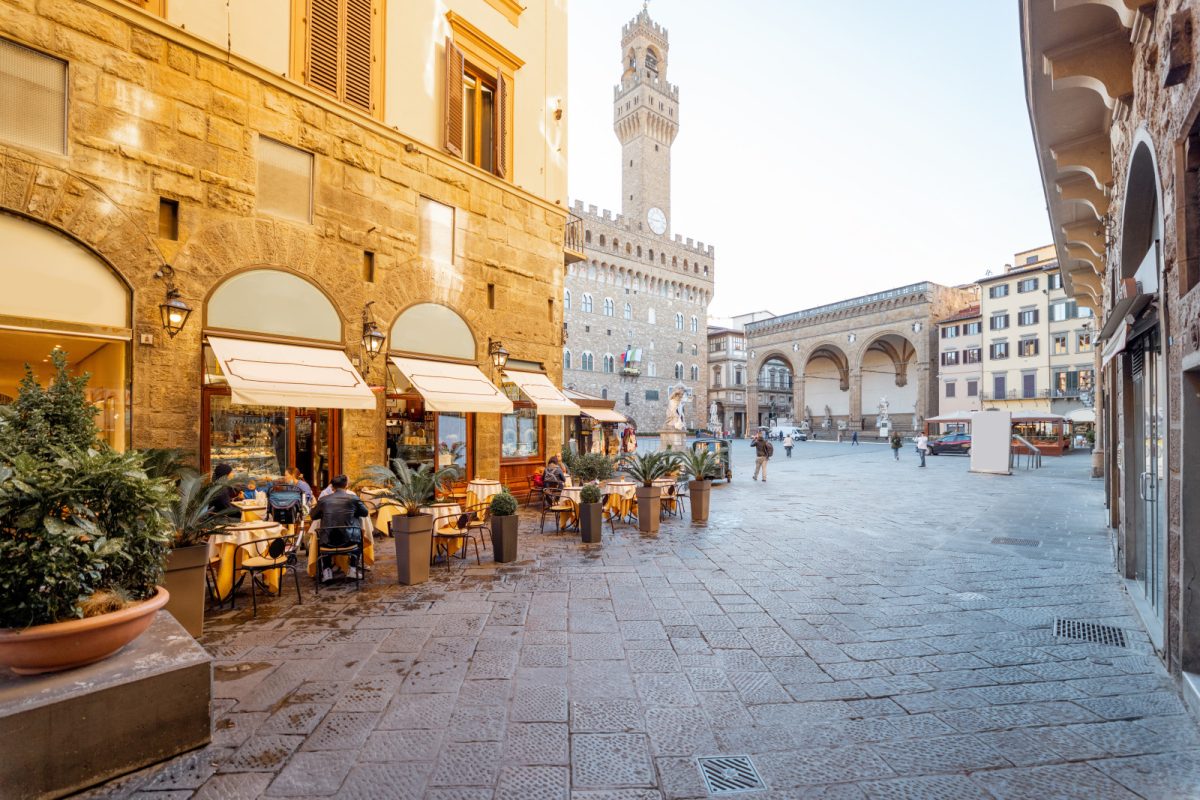
Turin tends to be more budget-friendly than Florence. Rent, groceries, and dining out generally cost less in Turin. A meal at a mid-range restaurant in Turin might set you back €35, while the same in Florence could cost €45.
Numbeo data suggests you’d need about €4,680 in Florence to maintain the same lifestyle that €4,100 would buy you in Turin. This difference increases over time, making Turin an attractive option for budget-conscious expats.
Public transport is also cheaper in Turin. A monthly pass costs around €38, compared to €50 in Florence. These savings can make a big difference in your daily life.
Quality of Life in Turin vs Florence
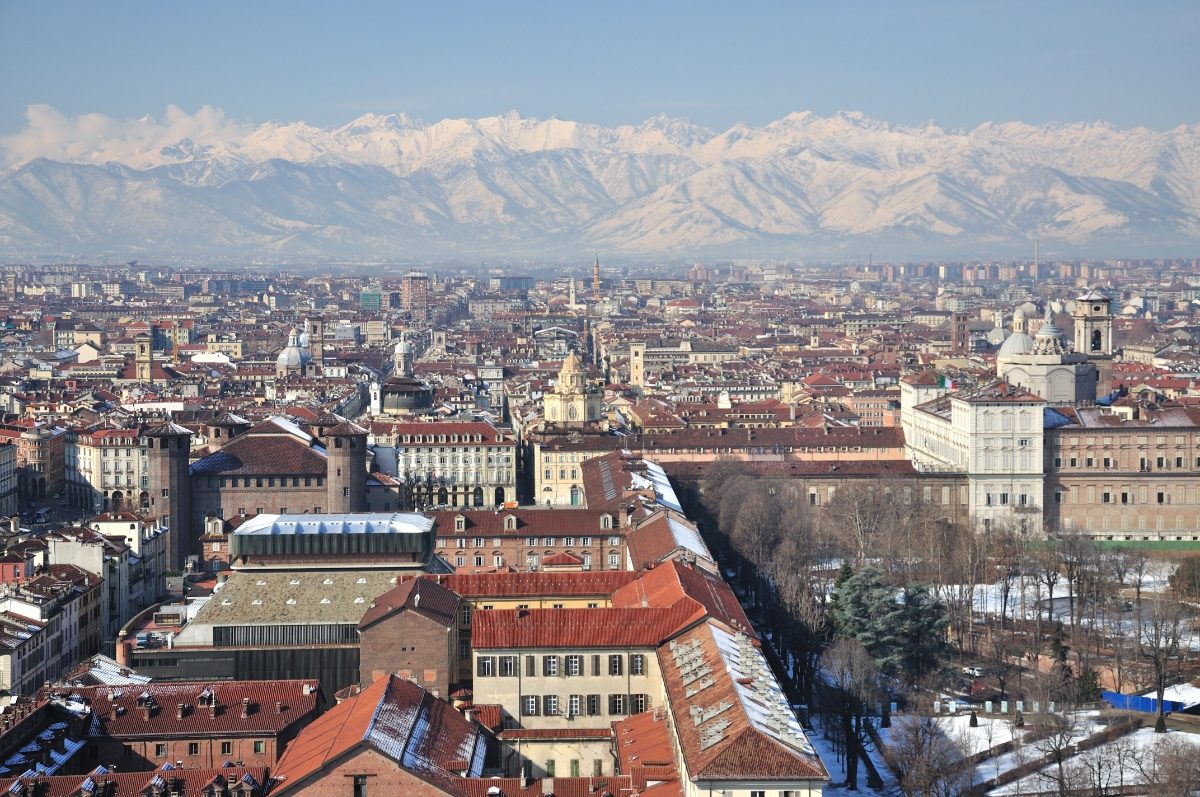
Florence shines with its Renaissance art and architecture, drawing millions of tourists yearly. This can make the city feel crowded, especially in peak seasons. Turin, on the other hand, offers a more laid-back vibe with fewer tourists.
Turin boasts more green spaces, with beautiful parks like Parco del Valentino. The city’s proximity to the Alps means easier access to skiing and hiking. Florence has the Arno River and is near the Tuscan countryside for outdoor enthusiasts.
Climate-wise, Turin experiences colder winters due to its location. Florence enjoys milder temperatures year-round, which some might prefer.
Investing in Local Real Estate
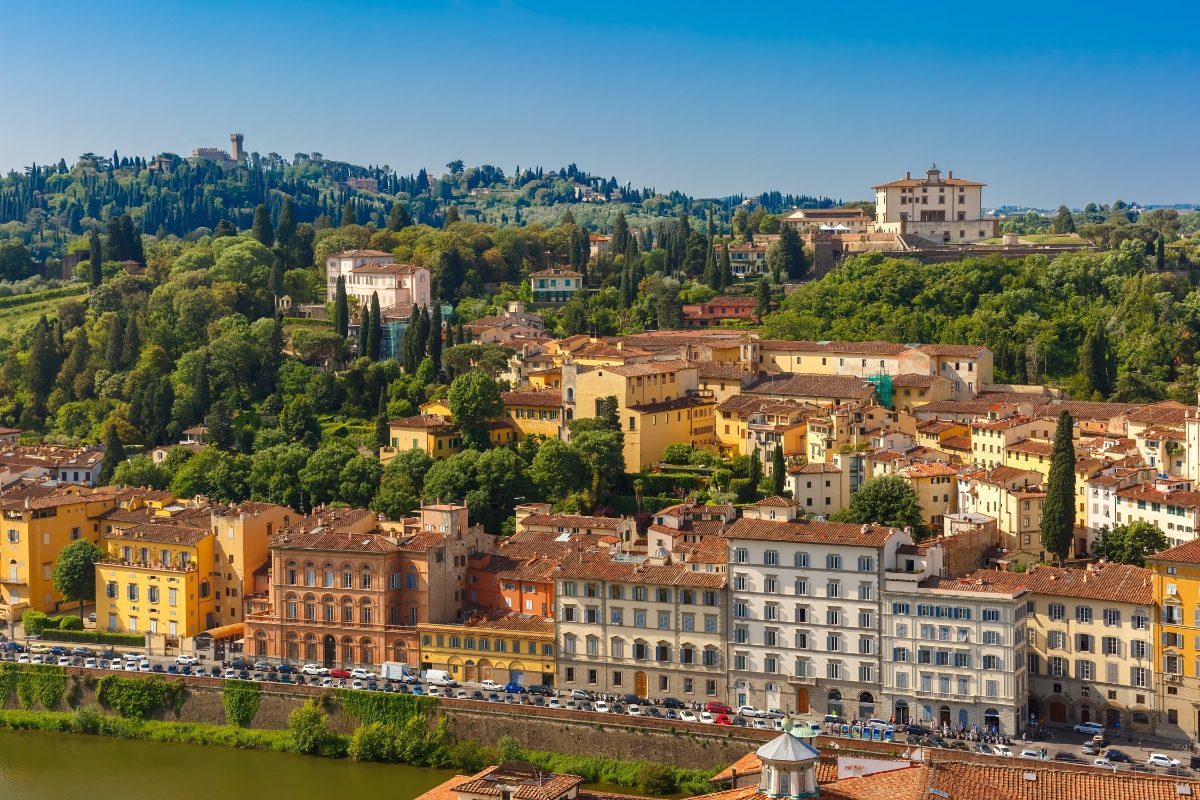
Both cities offer interesting real estate opportunities but with different focuses. Florence’s historic center properties command premium prices, often €5,000-€7,000 per square meter. These can be great for short-term rentals targeting tourists.
Turin’s real estate market is more affordable, with city center prices around €2,000-€3,000 per square meter. The city’s growing tech scene and university population make it promising for long-term rentals.
Renovation costs tend to be lower in Turin, giving investors more flexibility. In Florence, strict regulations on historic buildings can make renovations costly and complex.
Book a hotel in Italy to explore these cities and get a firsthand feel for their real estate markets. It’s always smart to spend time in a place before making big investment decisions.
See Related: Sustainable Travel in Italy: Eco-Friendly Destinations and Tips
Frequently Asked Questions
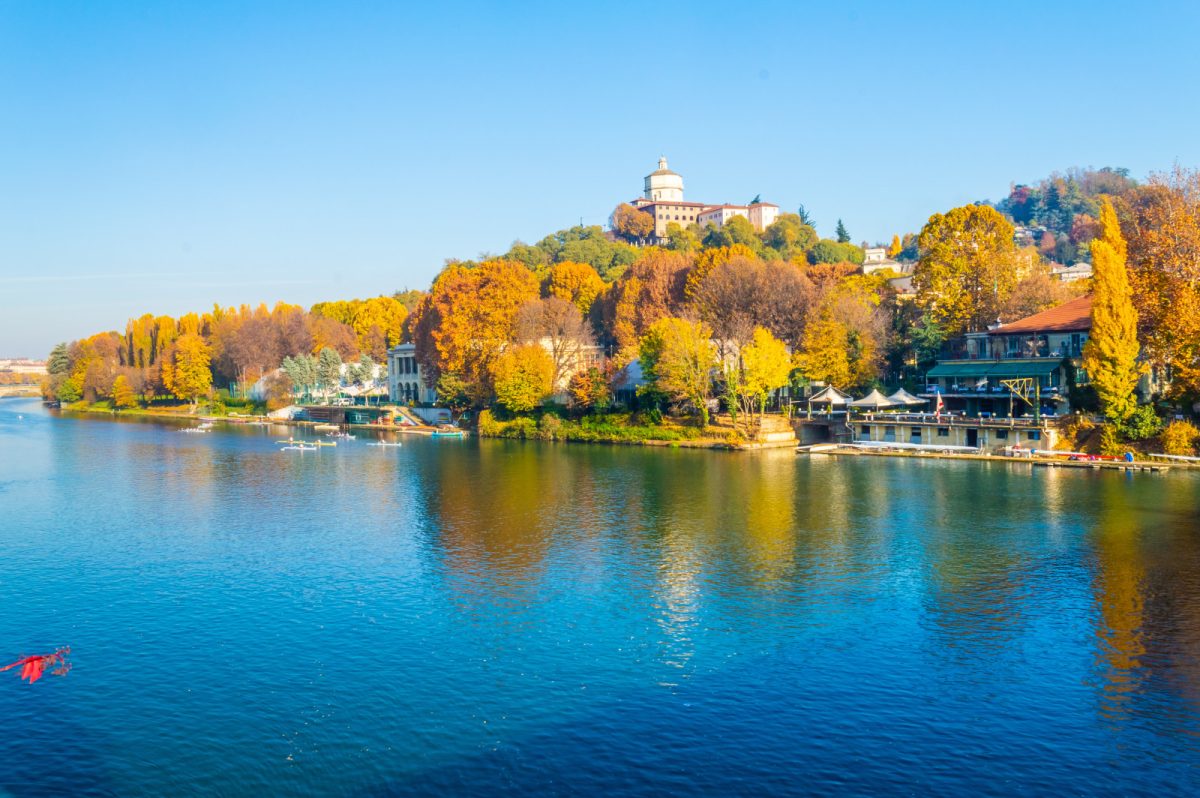
Turin and Florence offer unique experiences for travelers. Both cities have rich histories, stunning architecture, and vibrant cultures. Let’s dig into some common questions about these Italian gems.
What are the top attractions to see in Turin?
Turin’s Mole Antonelliana stands out as a must-see landmark. This tall spire houses the National Museum of Cinema.
The Royal Palace of Turin shows off the city’s regal past. Car fans love the National Automobile Museum. Stop by the historic Caffè Al Bicerin for a tasty break from their famous chocolate drink.
How does Florence’s art scene compare to Turin’s?
Florence is an art lover’s dream. The Uffizi Gallery holds masterpieces like Botticelli’s “Birth of Venus.” Michelangelo’s “David” stands tall in the Galleria dell’Accademia.
Turin’s art scene is more modern, and the GAM (Gallery of Modern Art) showcases Italian works from the 1800s. Both cities offer unique artistic treasures.
Can you recommend the best culinary experiences in Turin and Florence?
Turin shines with its chocolate and coffee culture. Try the city’s famous gianduja chocolate. Florence is known for Tuscan classics like bistecca alla fiorentina.
In Turin, visit Eataly for a gourmet food market experience. Florence’s Mercato Centrale is great for fresh local eats. Both cities have amazing gelato shops on almost every corner.
What is the best time of year to visit Turin and Florence?
Spring and fall are ideal for both cities. April to June and September to October offer mild weather and fewer crowds.
Florence gets very hot and busy in summer. In November, Turin hosts a chocolate festival. Winter in Turin can be chilly, but it’s magical during the holidays.
How should one navigate the cultural differences between Turin and Florence?
Turin feels more modern and industrial, with a French influence in its wide boulevards. Florence is more traditional and touristy.
Expect a slower pace and later dinners in Turin. Florence is busier and has more English speakers. Both cities appreciate good manners and respect for local customs.
In terms of lodging, where do travelers find the most charm and comfort in Turin or Florence?
Turin’s city center offers elegant hotels in historic buildings, and the Quadrilatero Romano area has charming B&Bs. For classic charm in Florence, stay near the Duomo.
The Oltrarno district provides a more local feel. Both cities have various options, from budget hostels to luxury hotels.

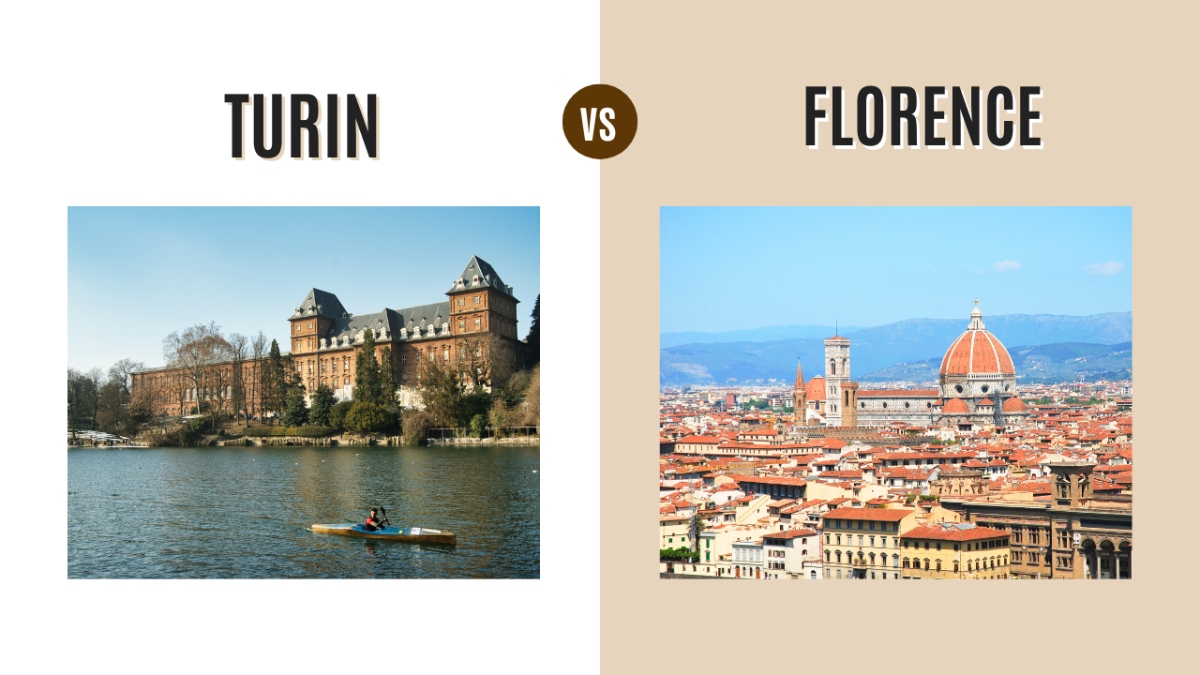
0 Comment